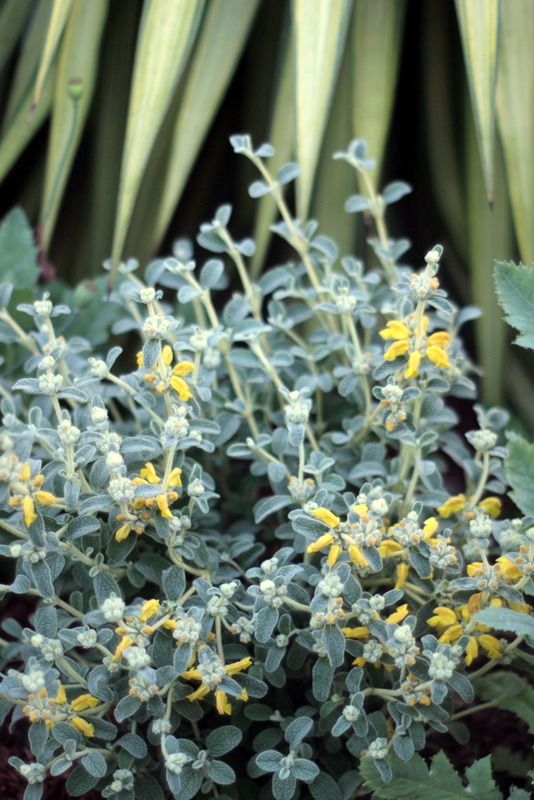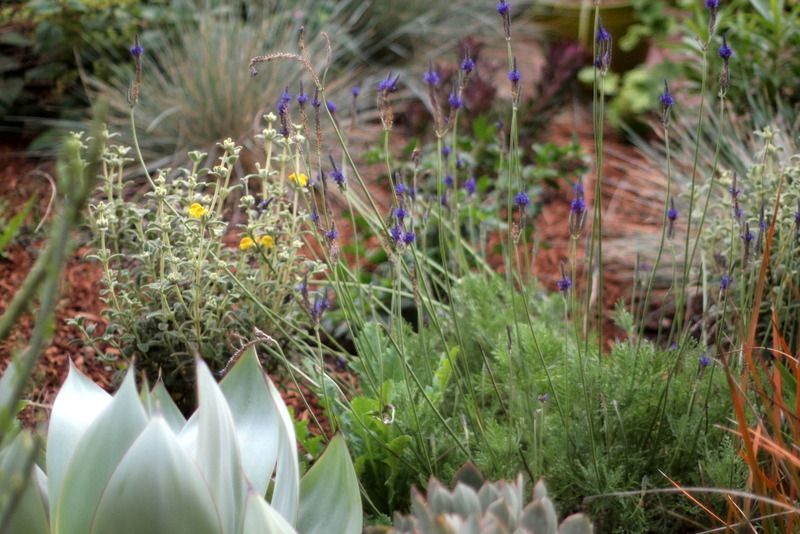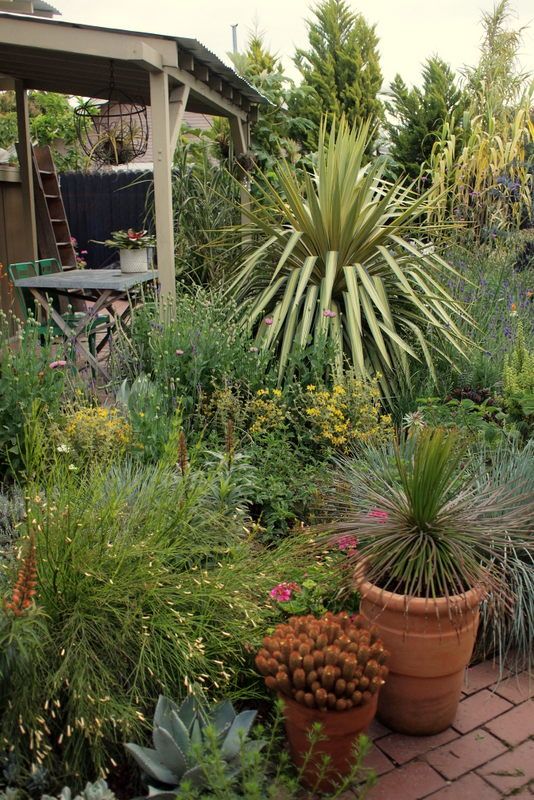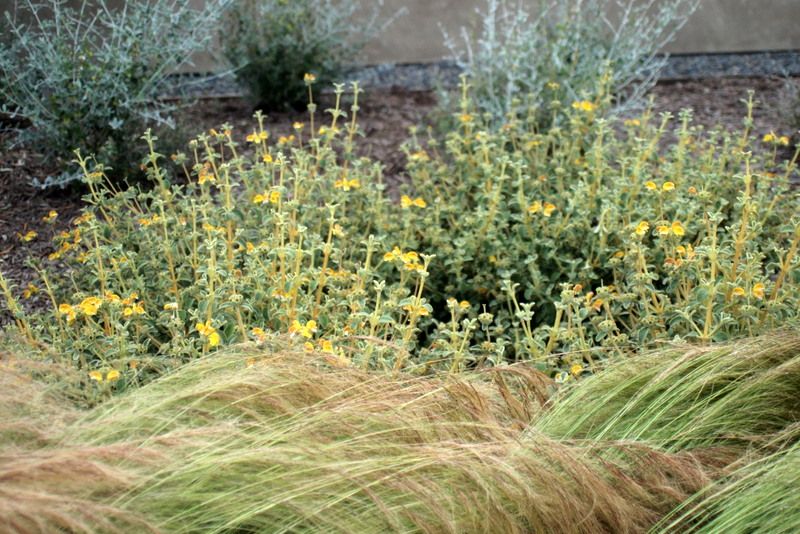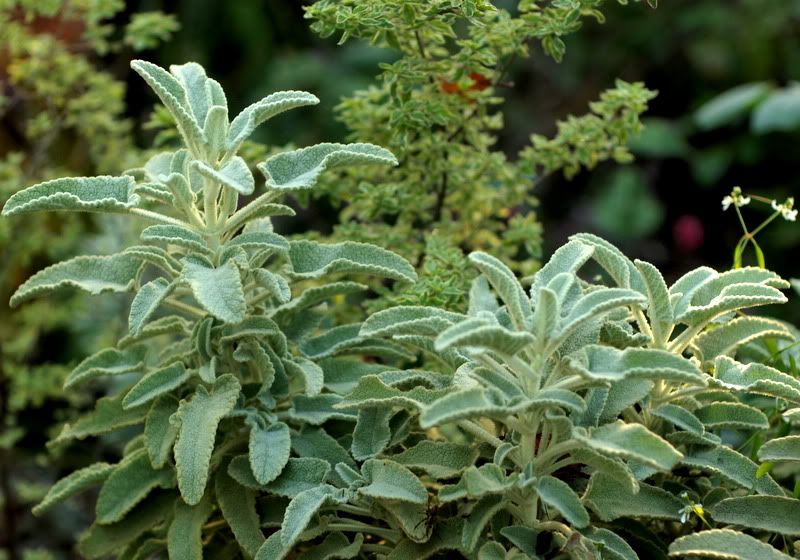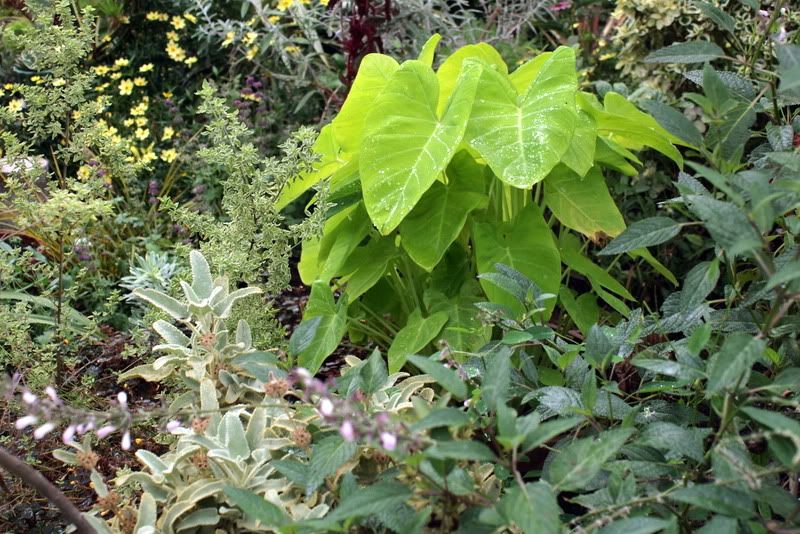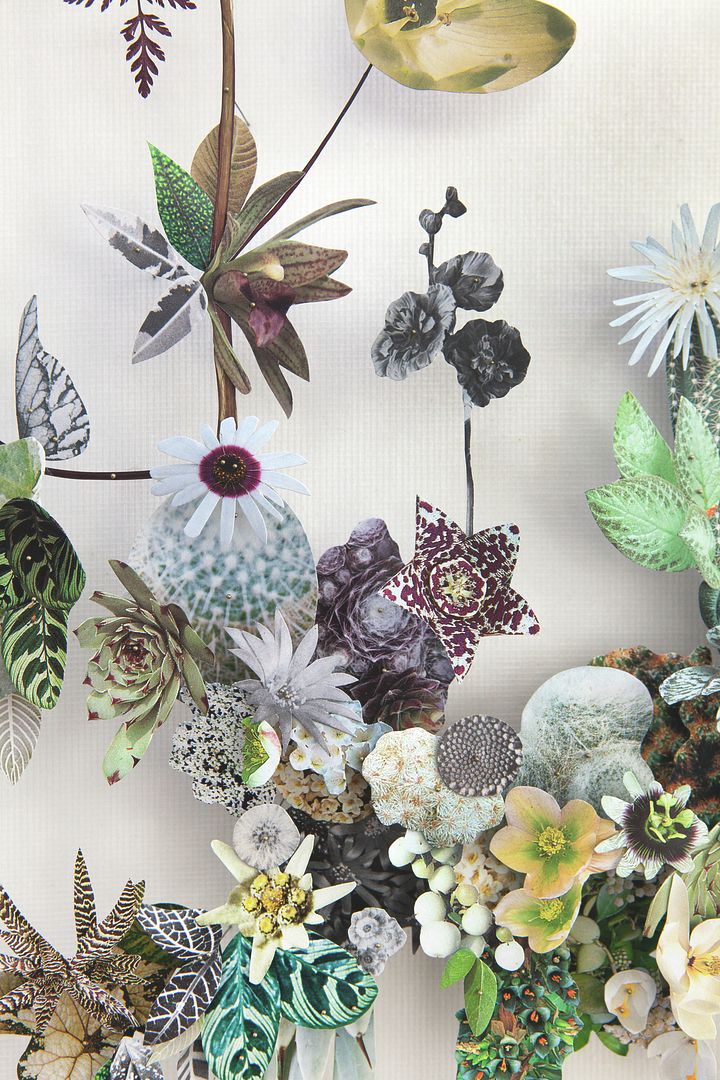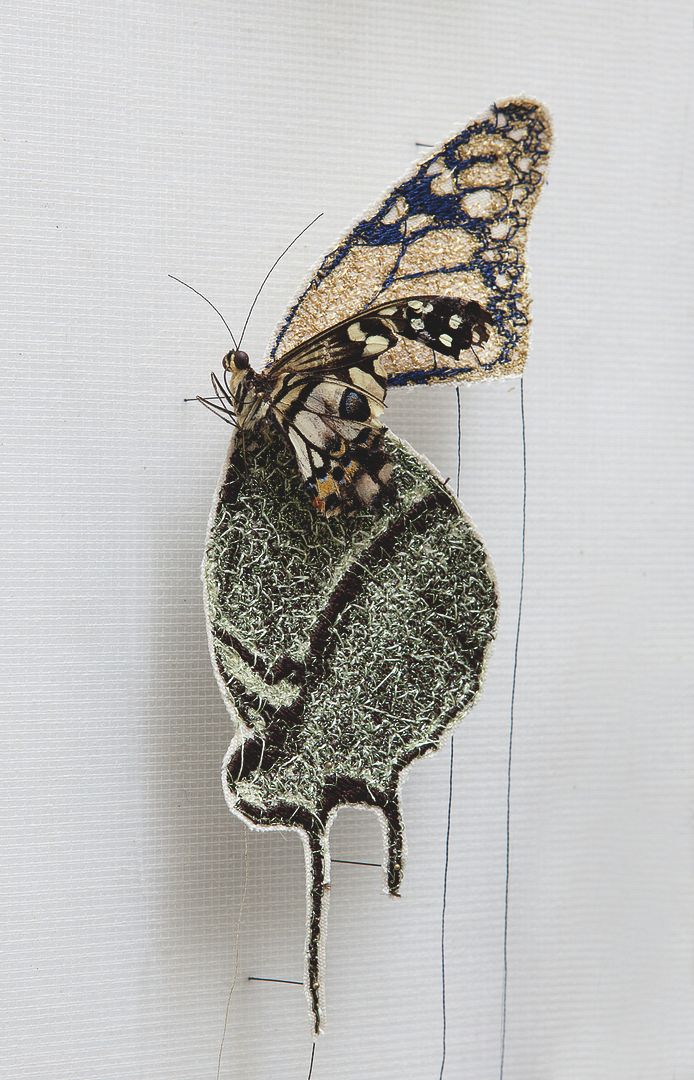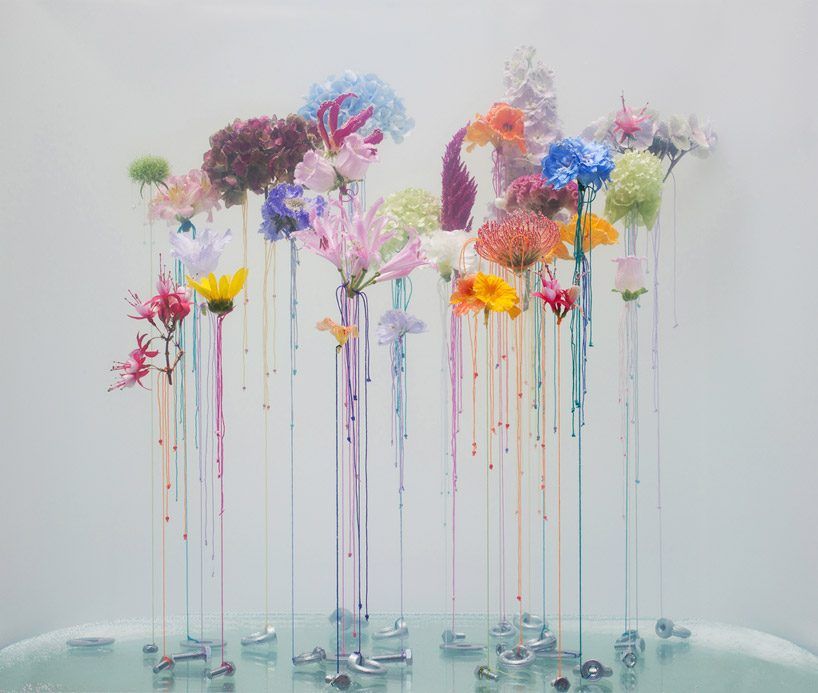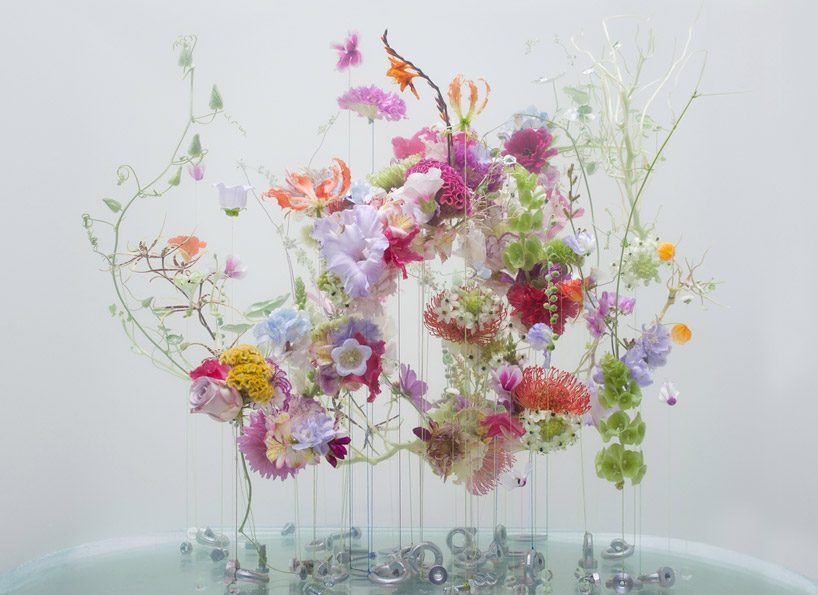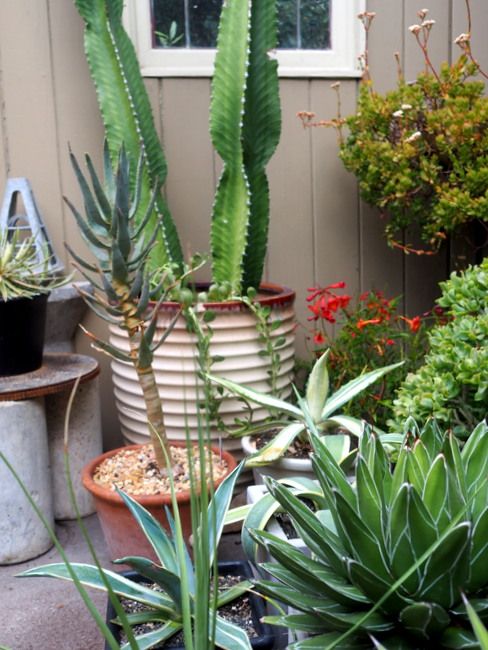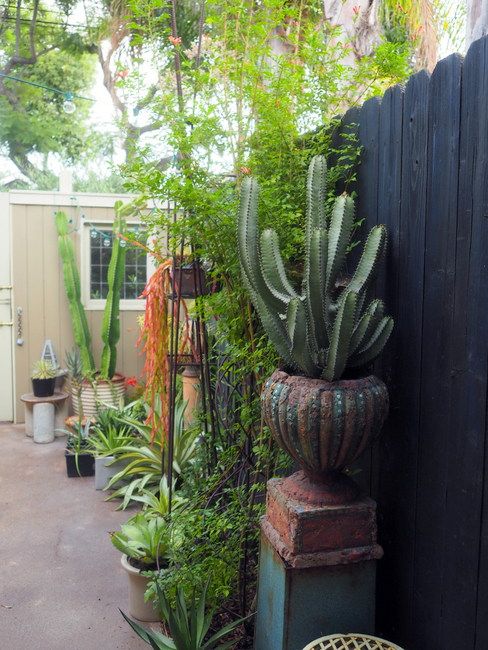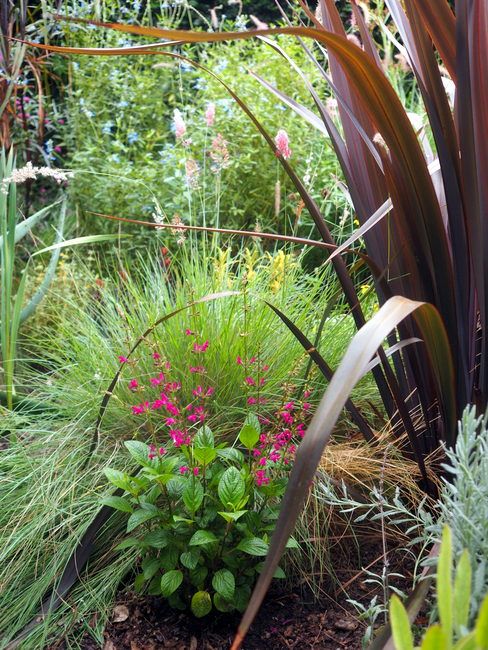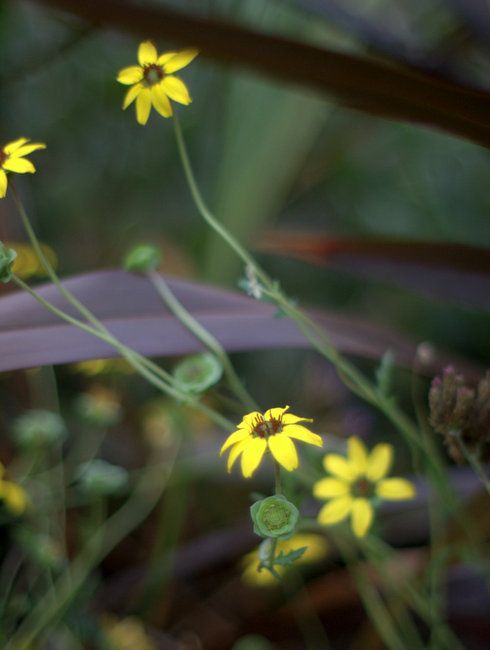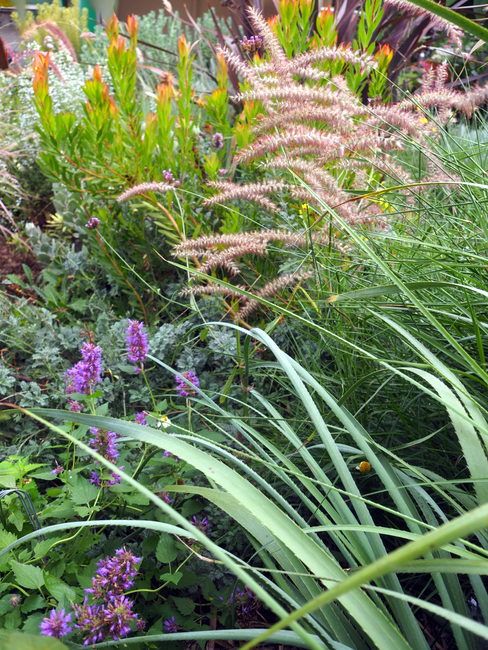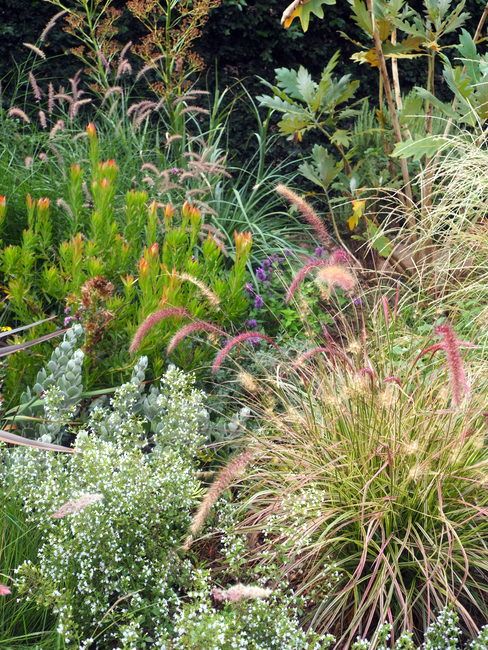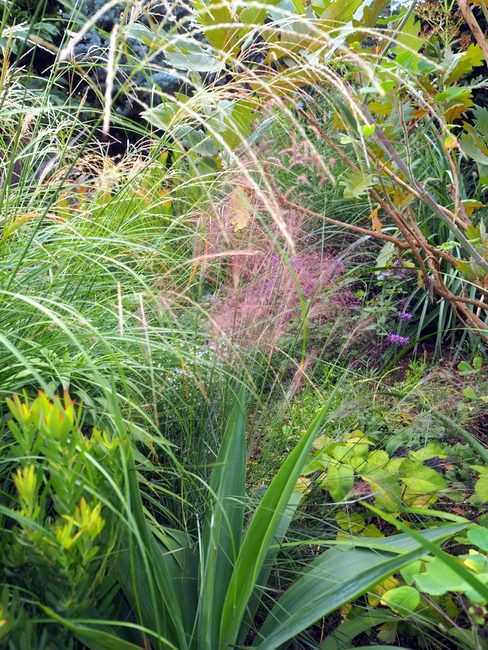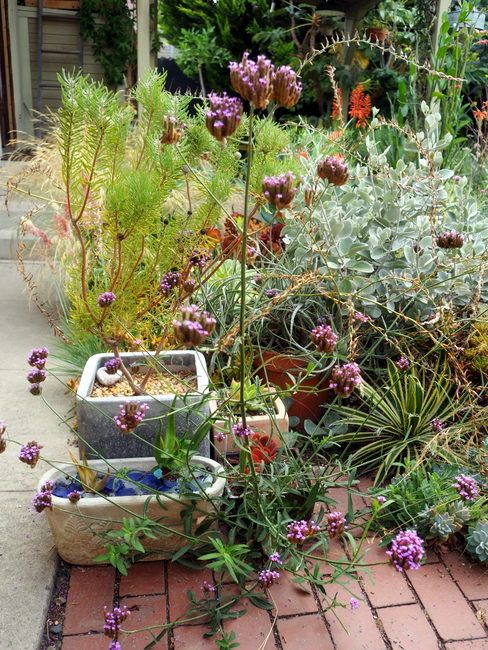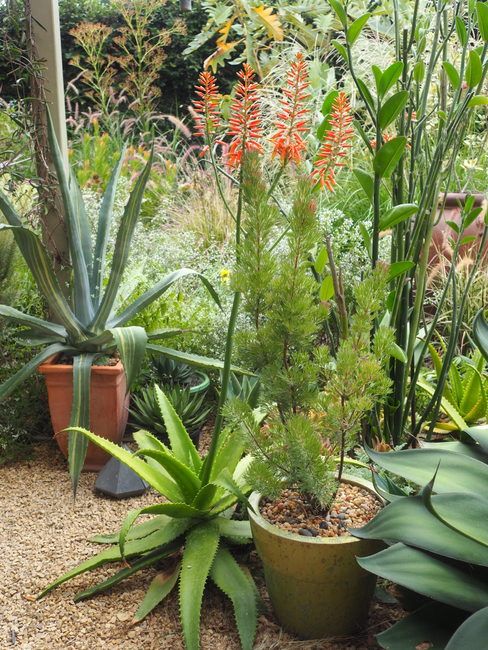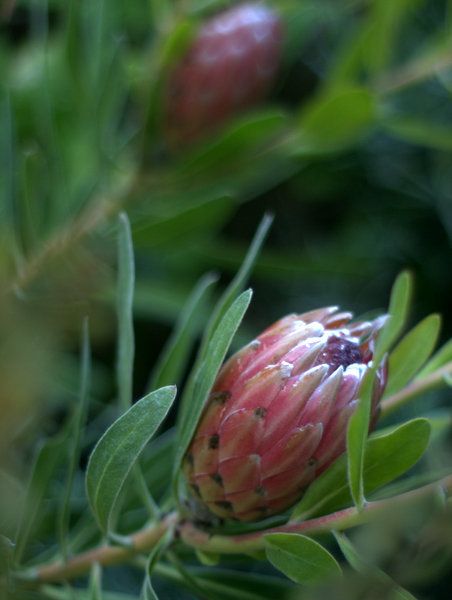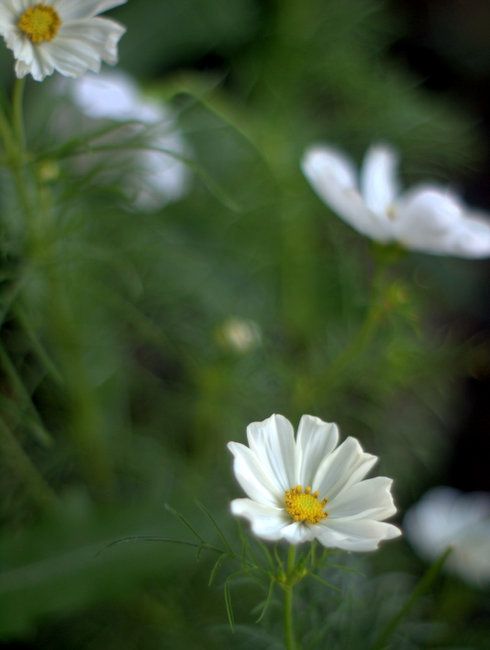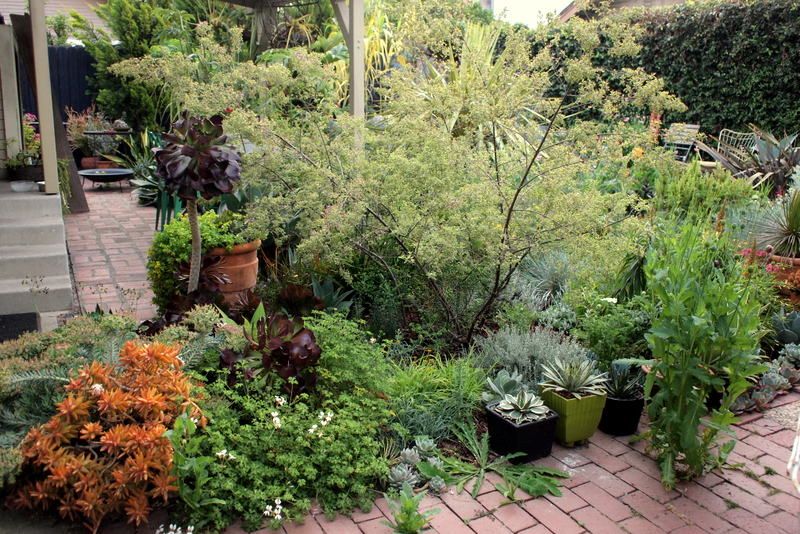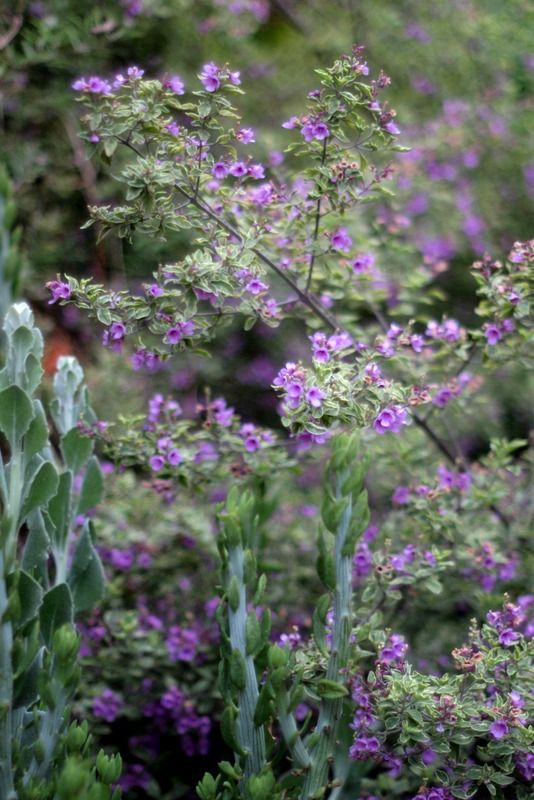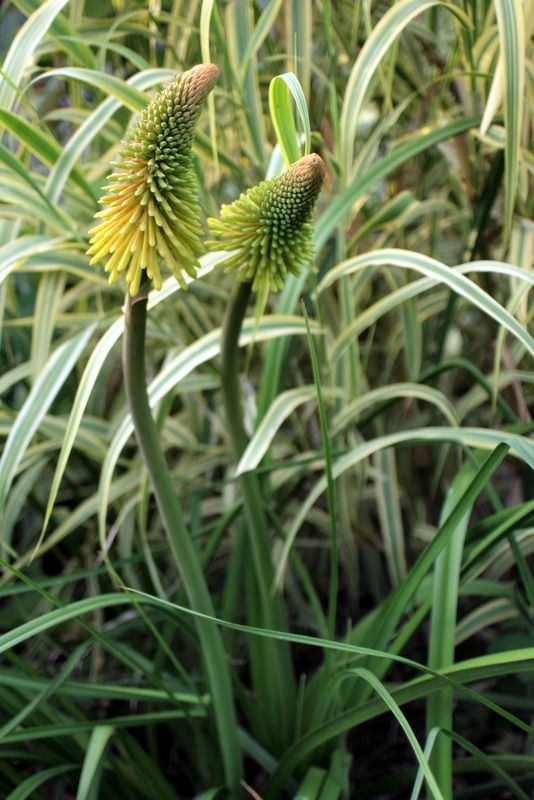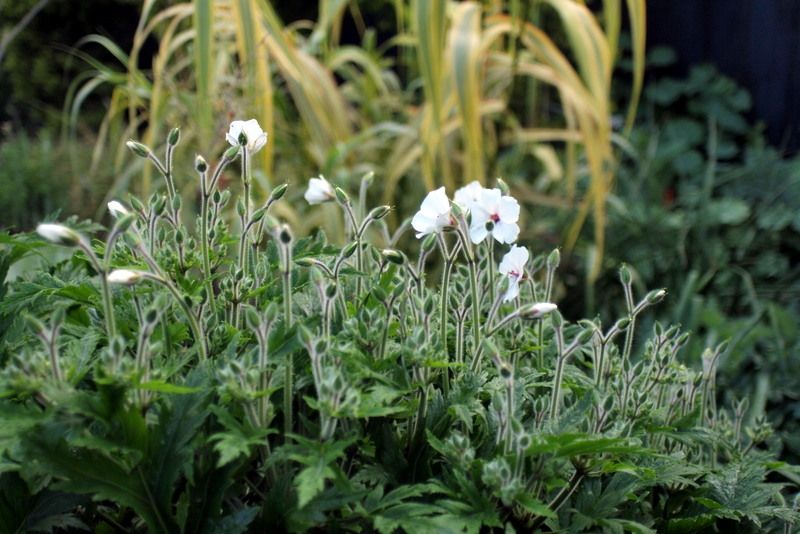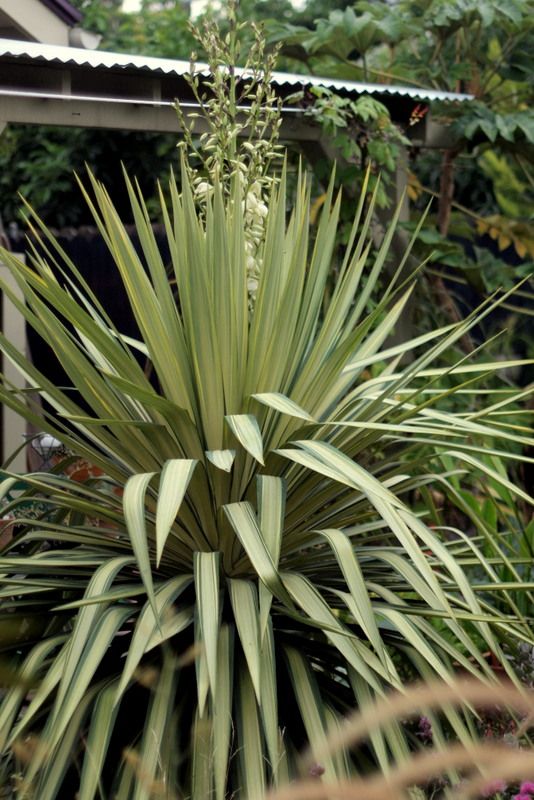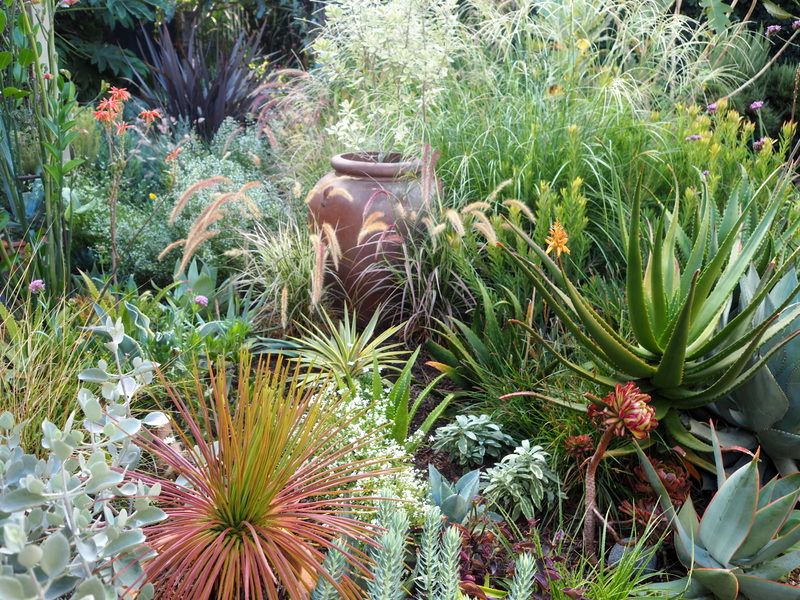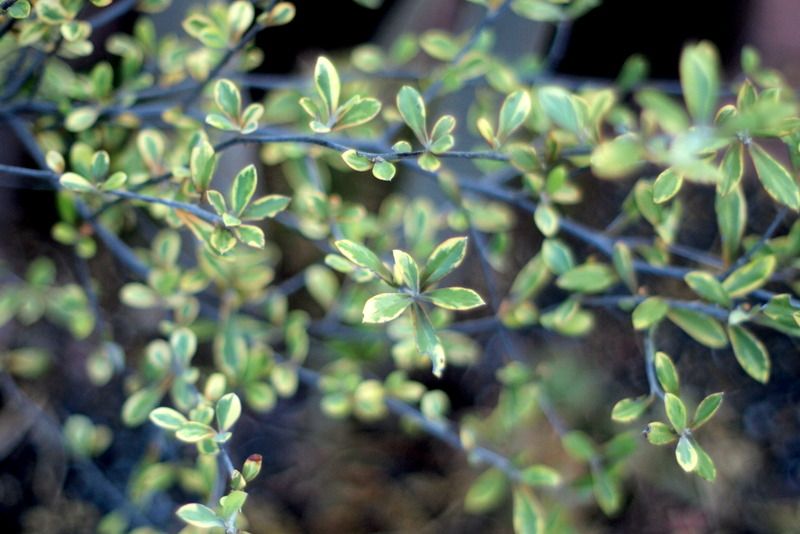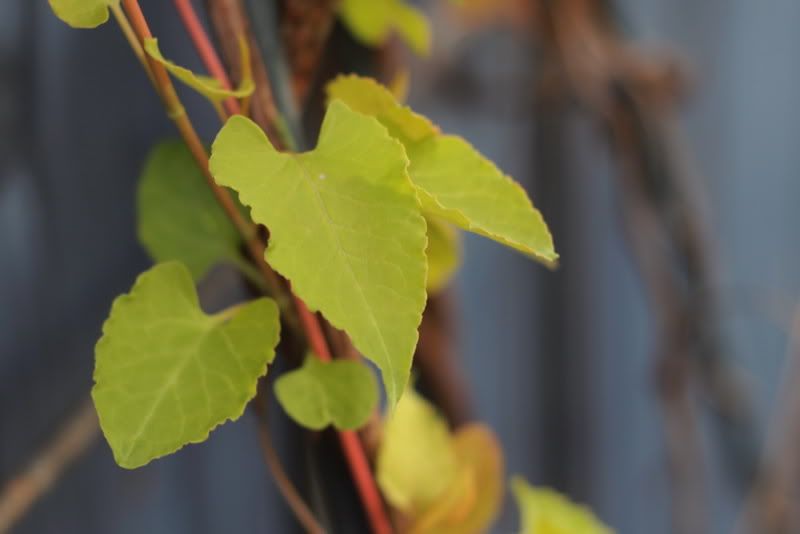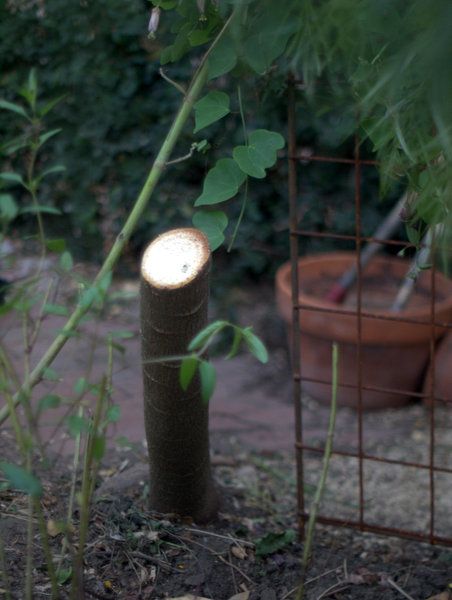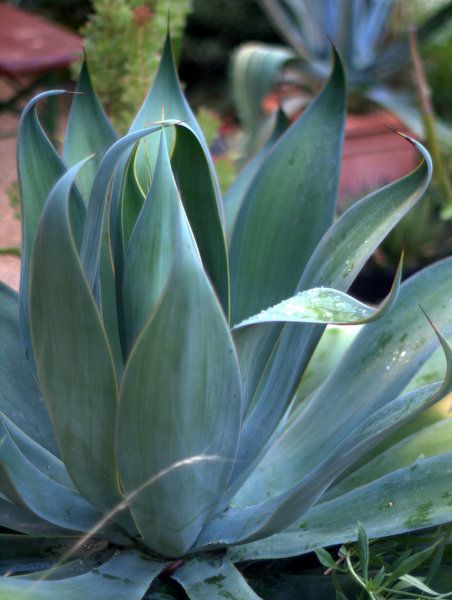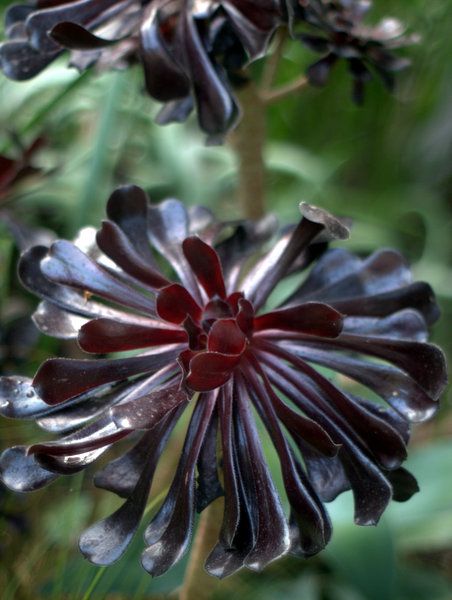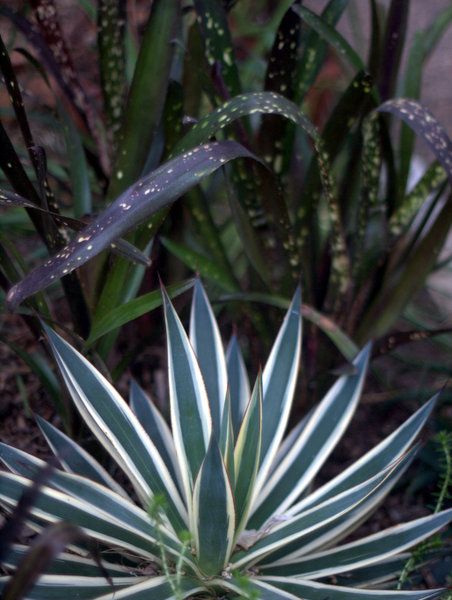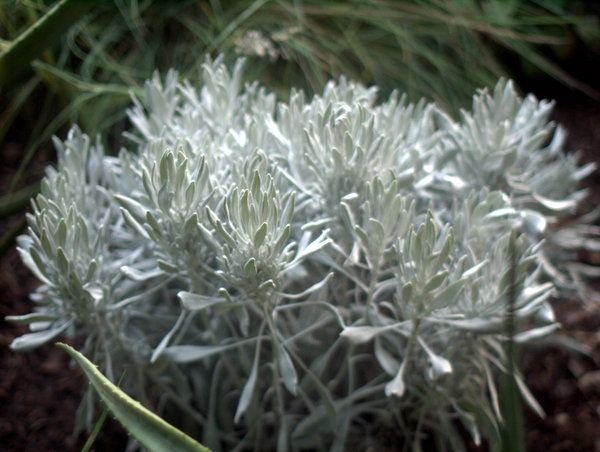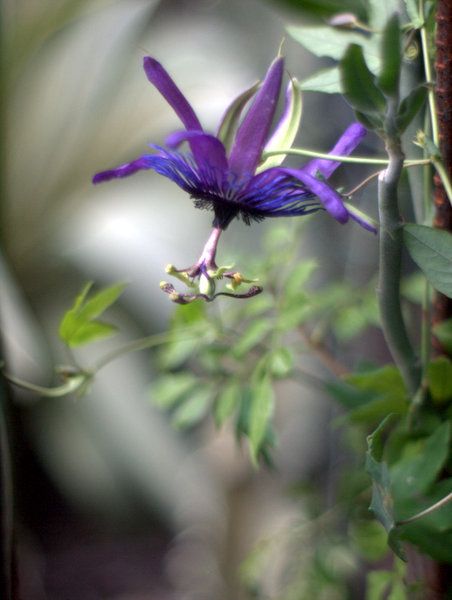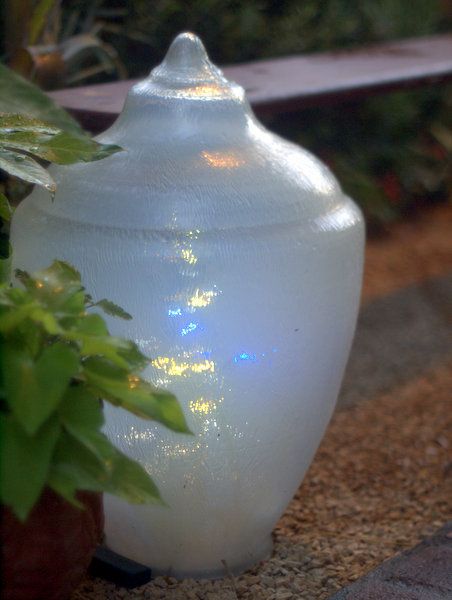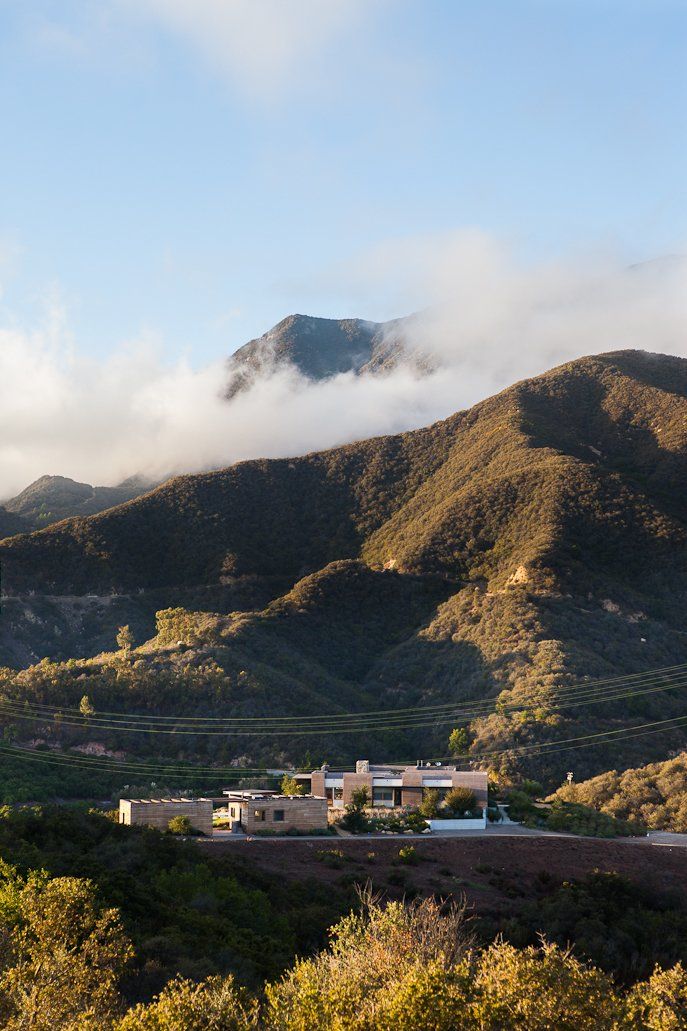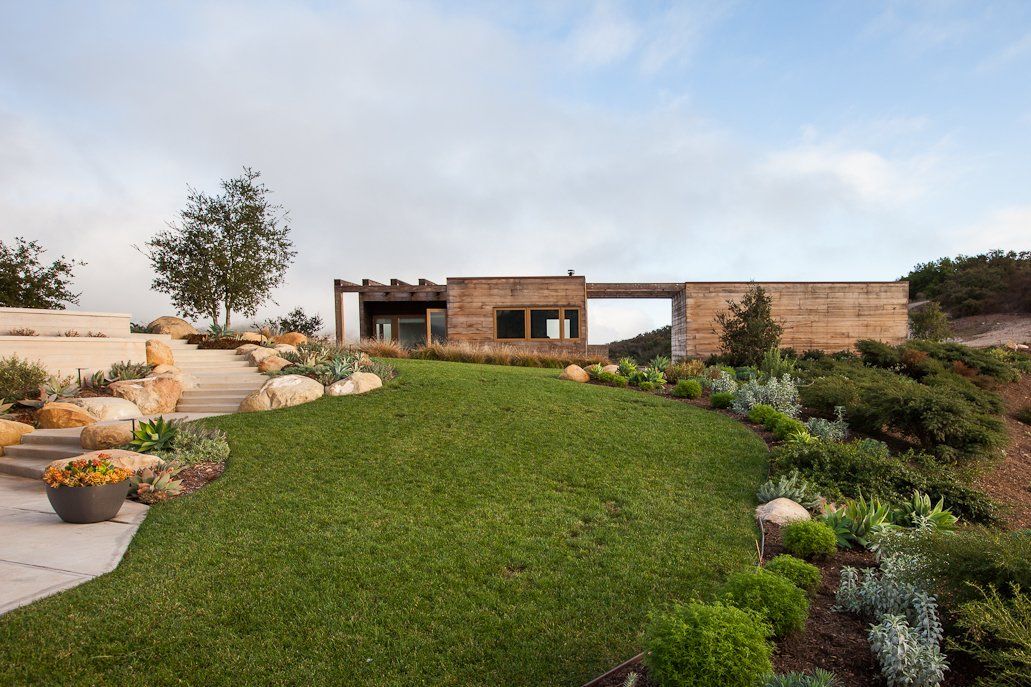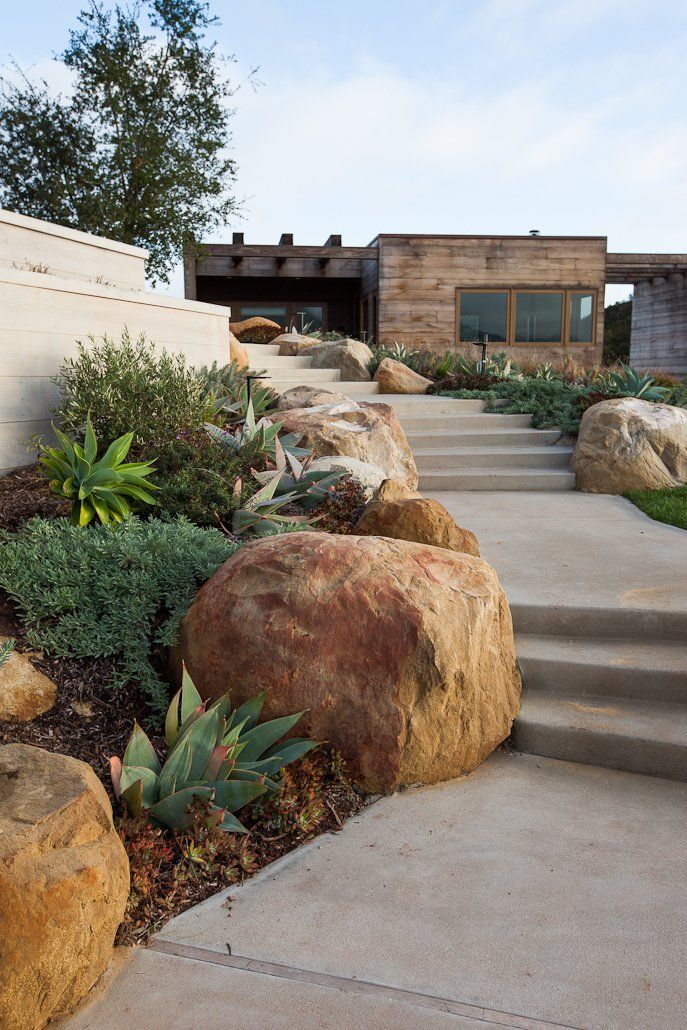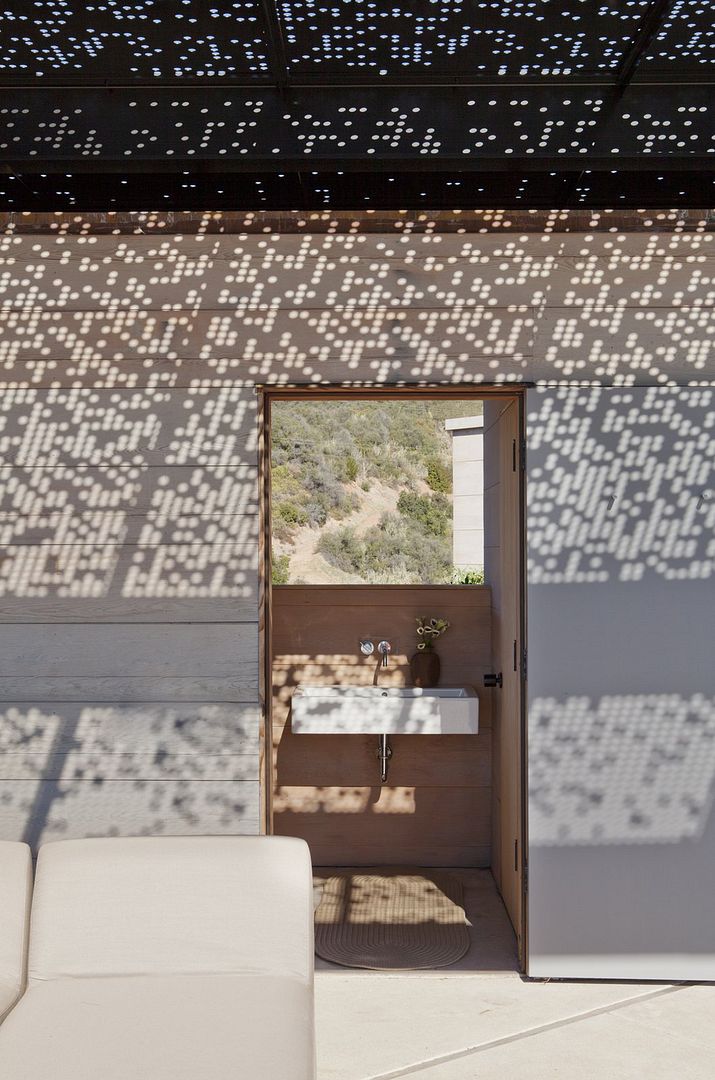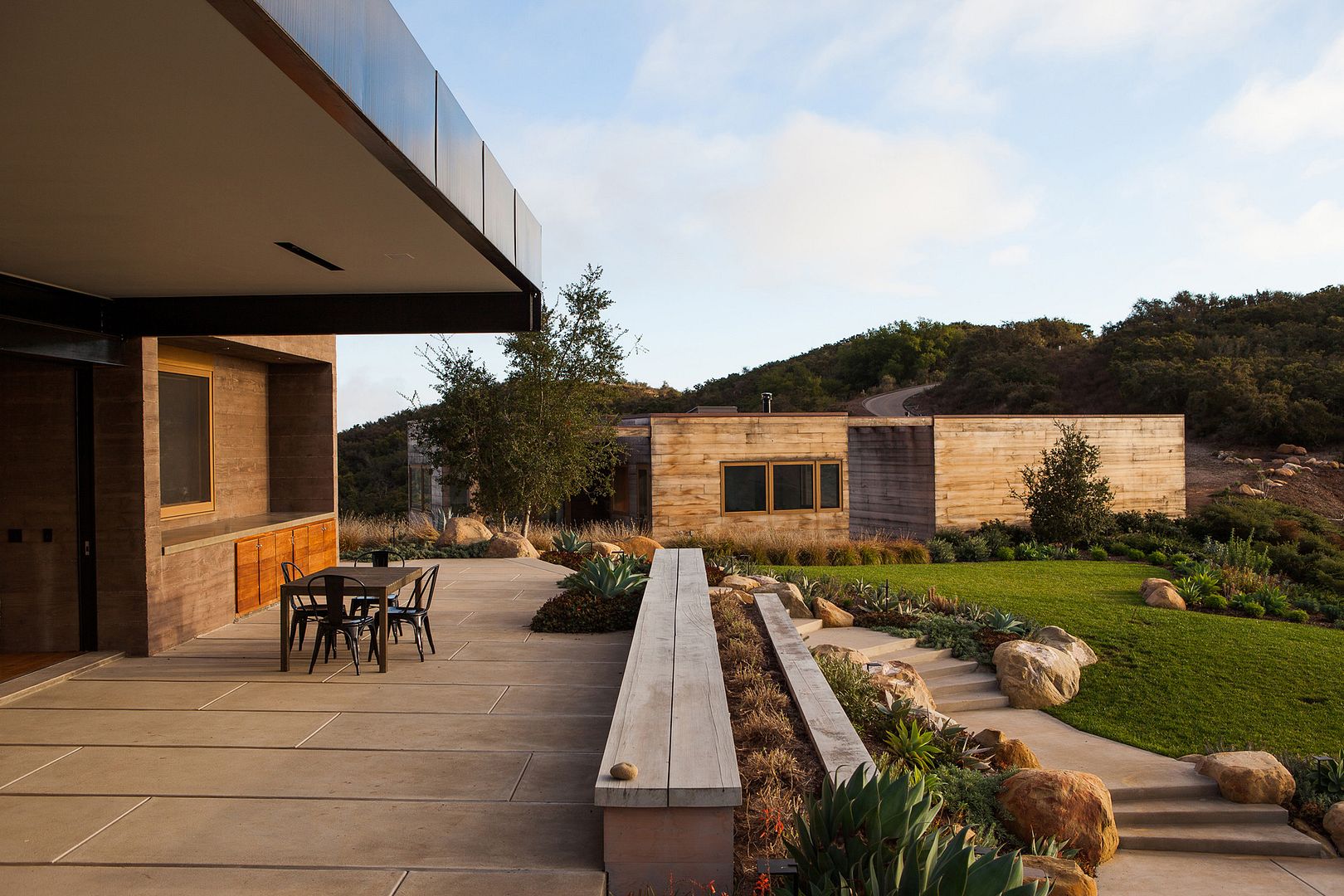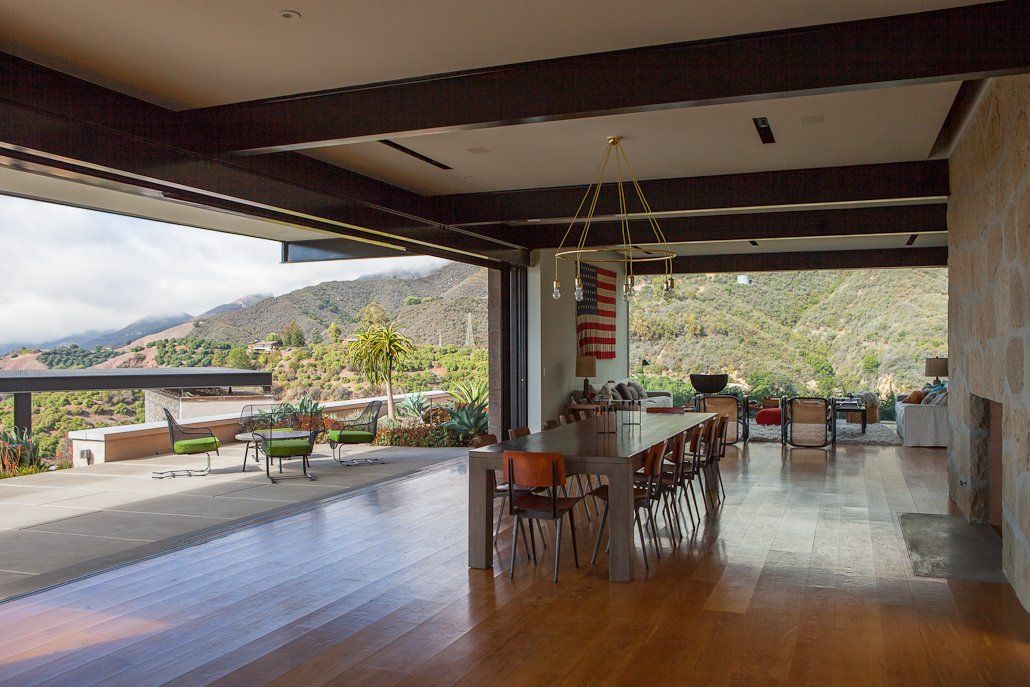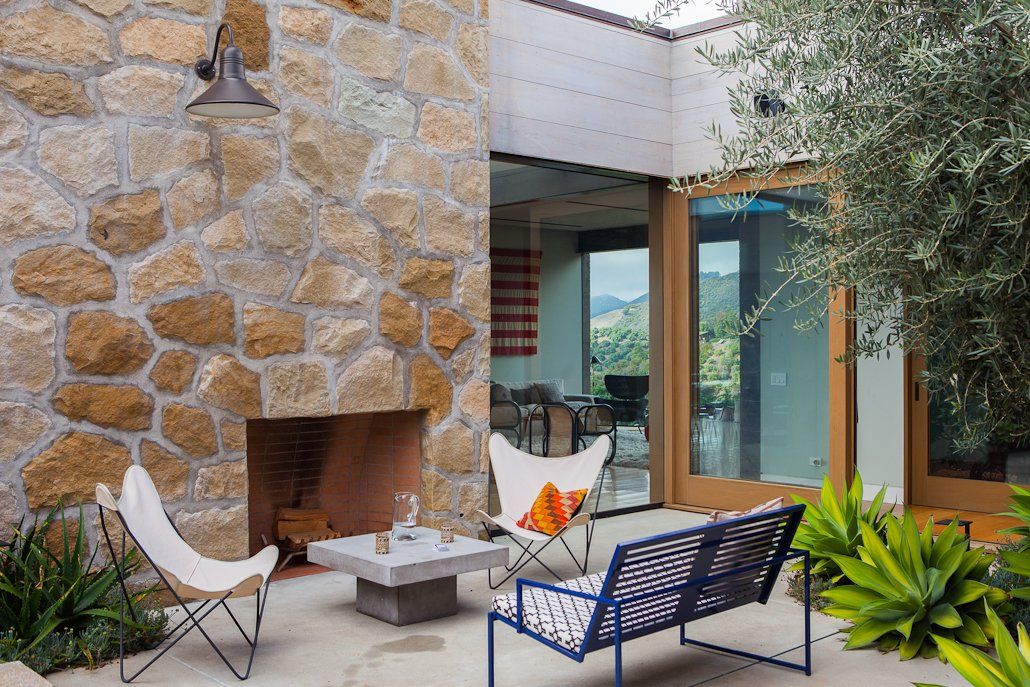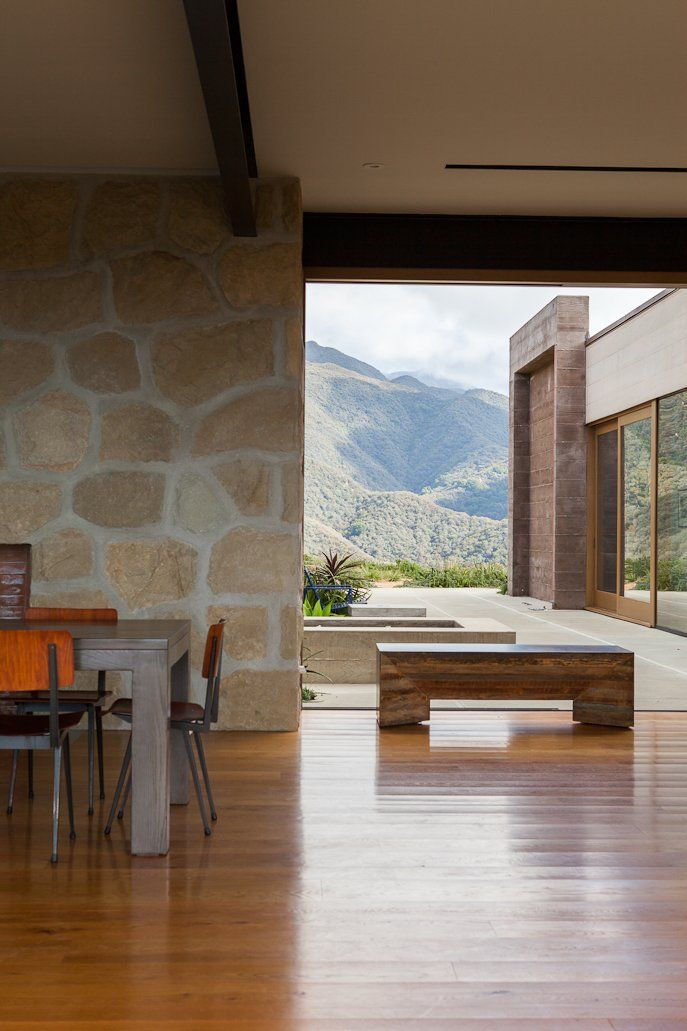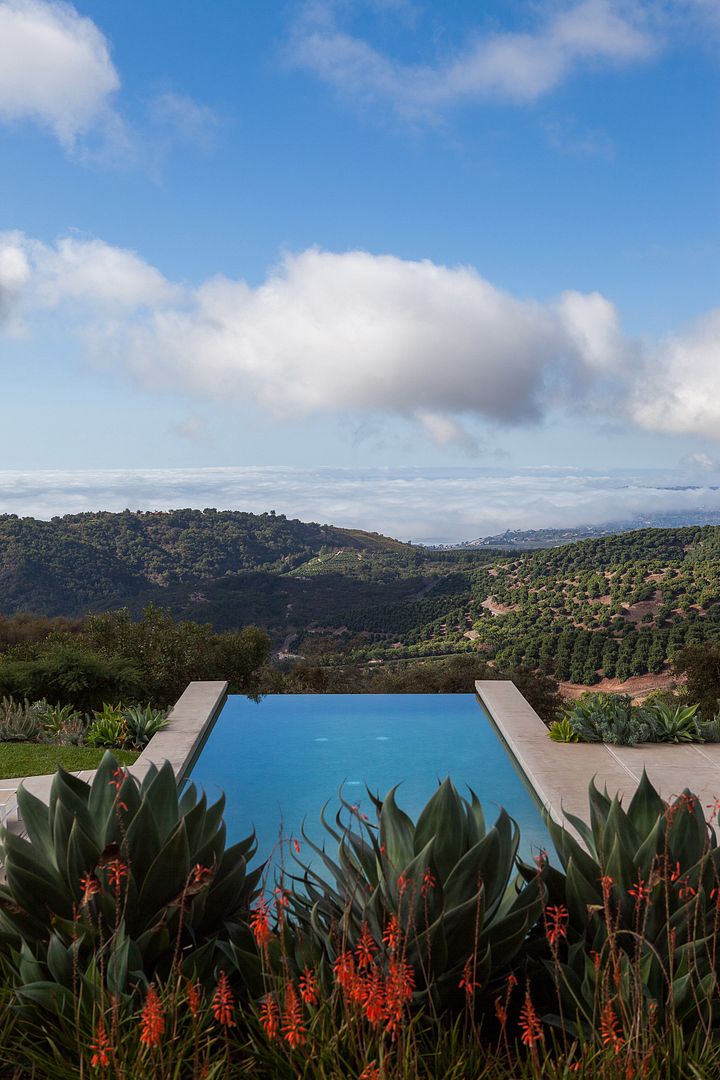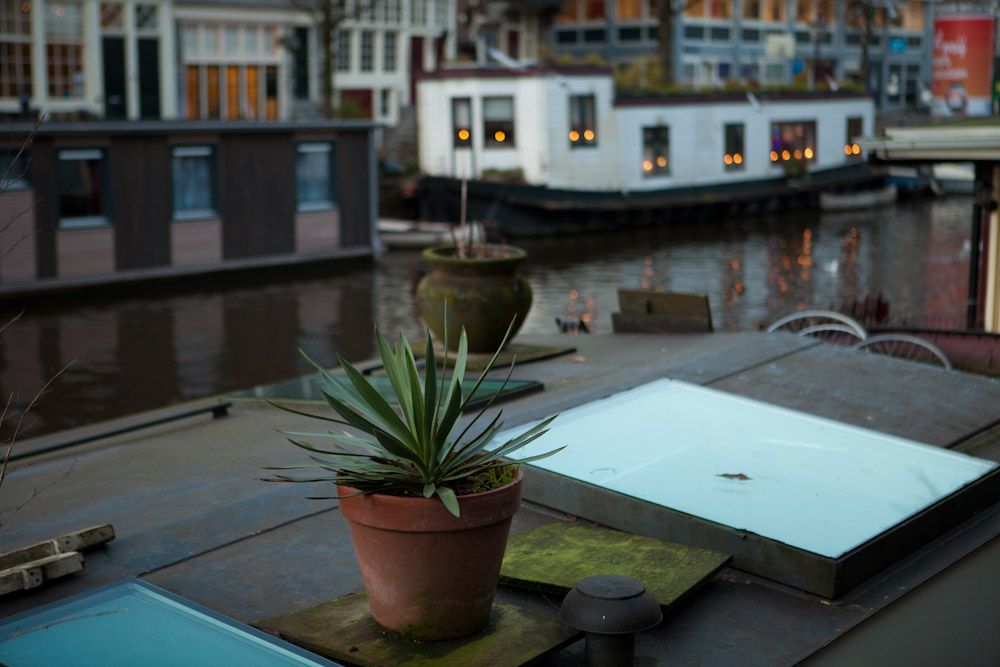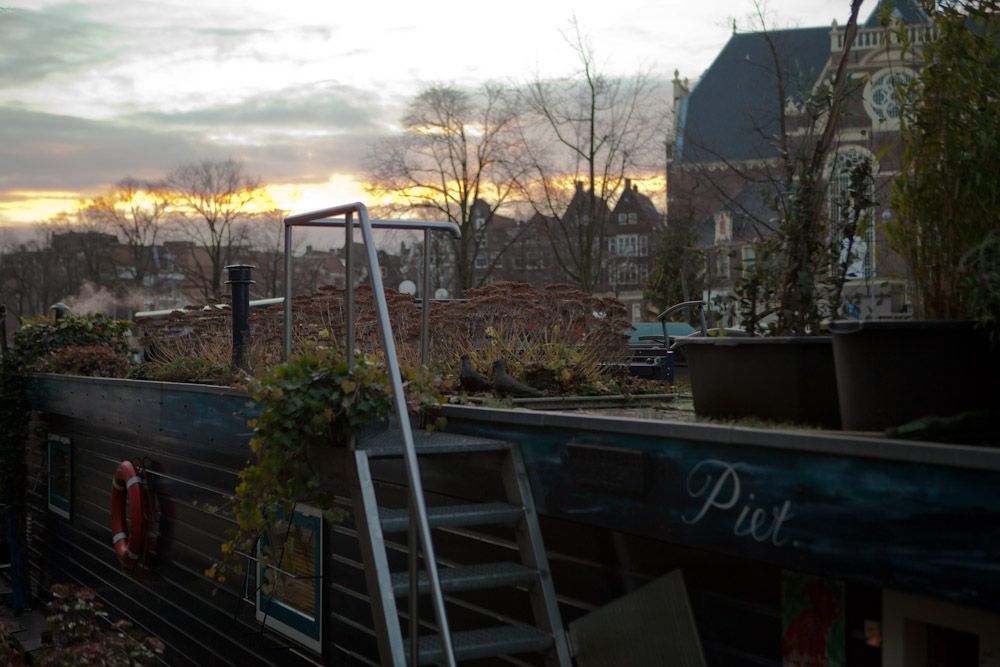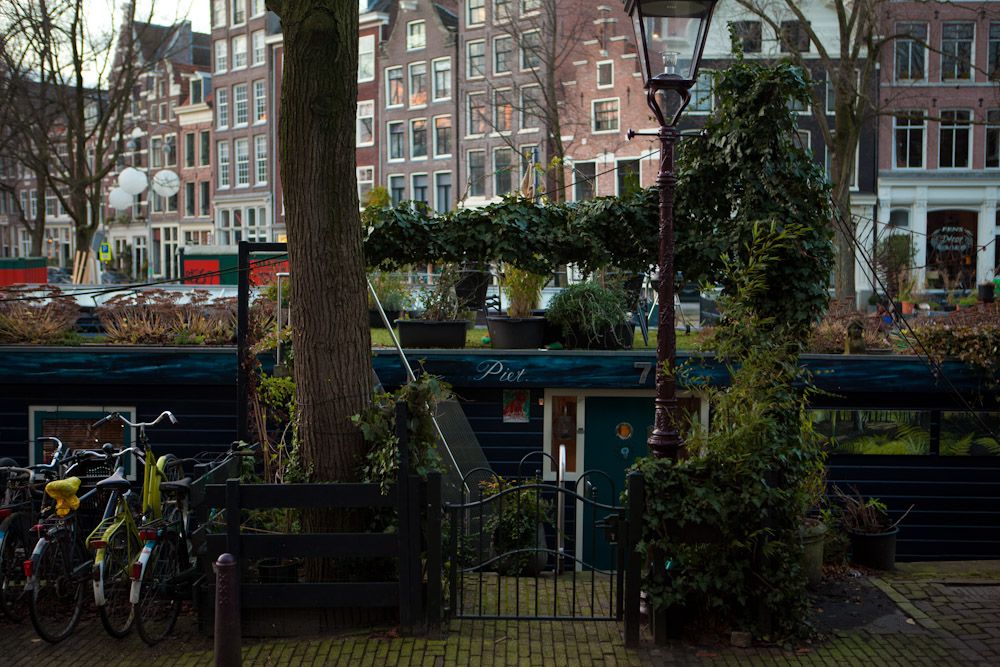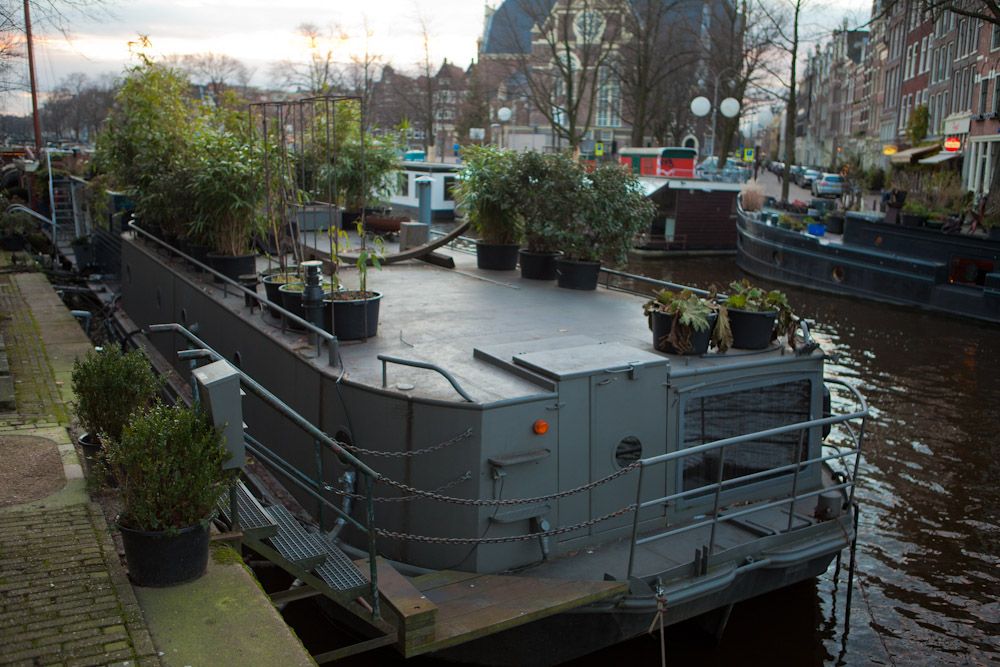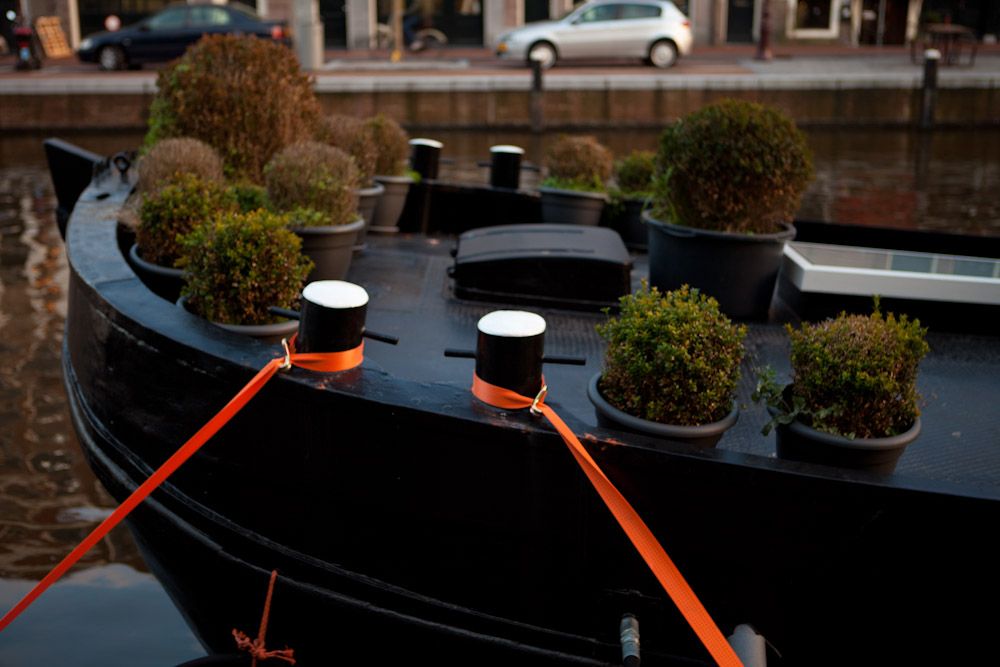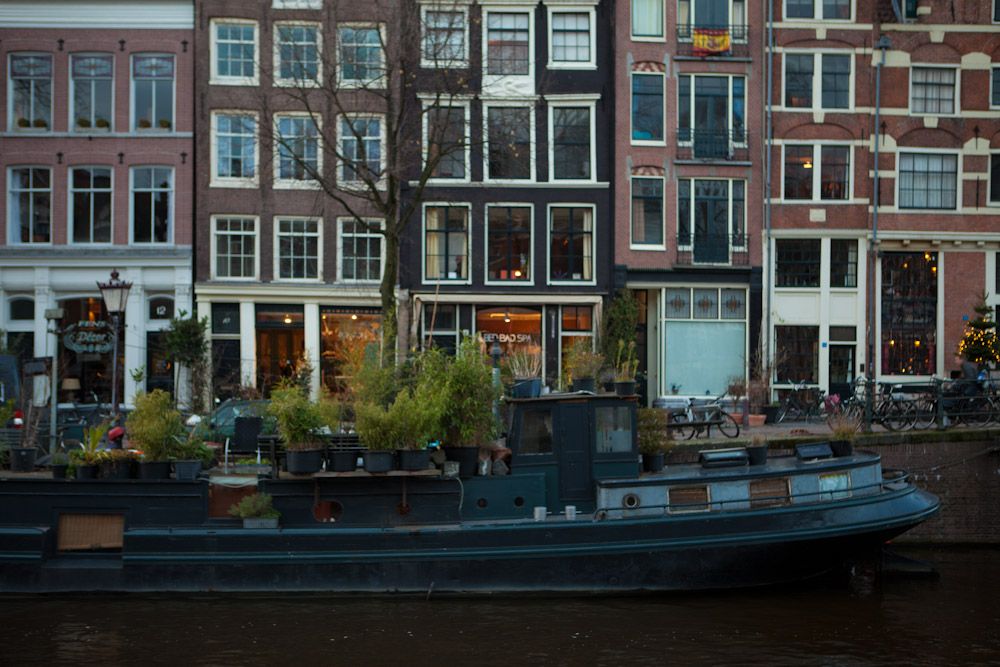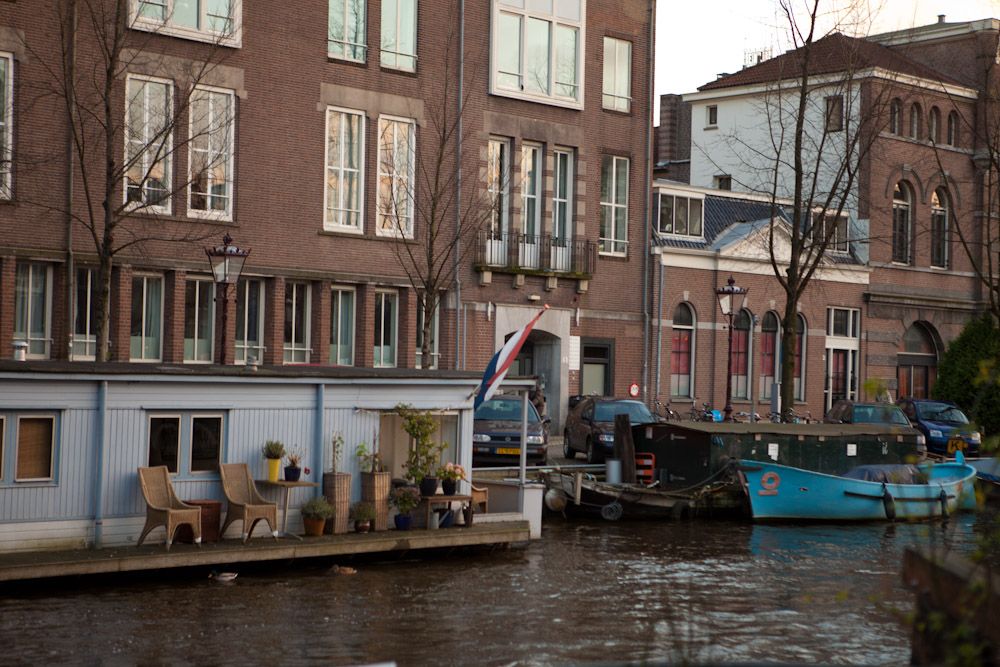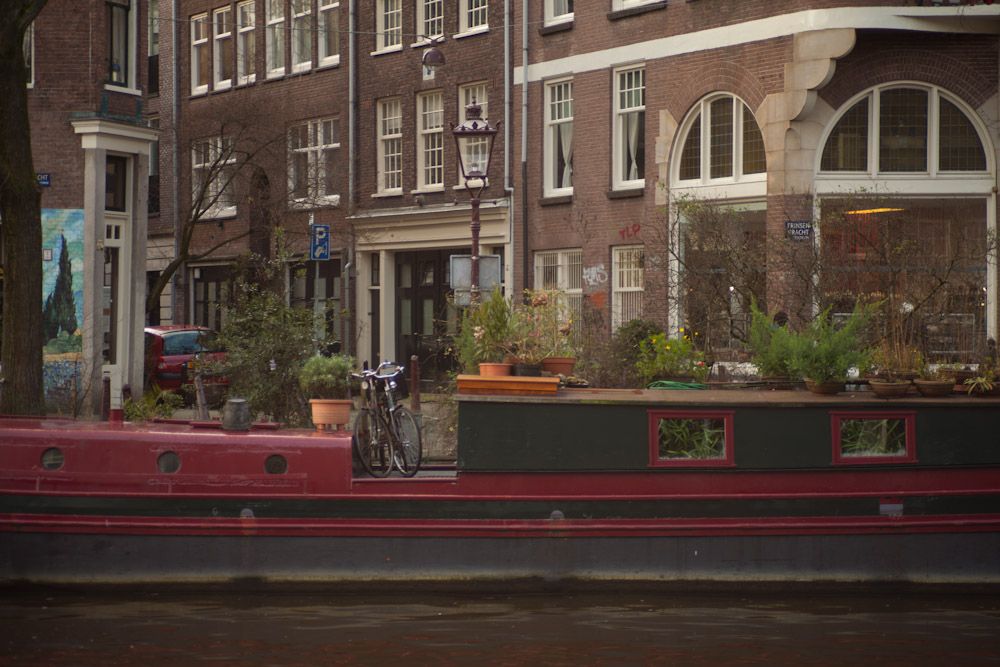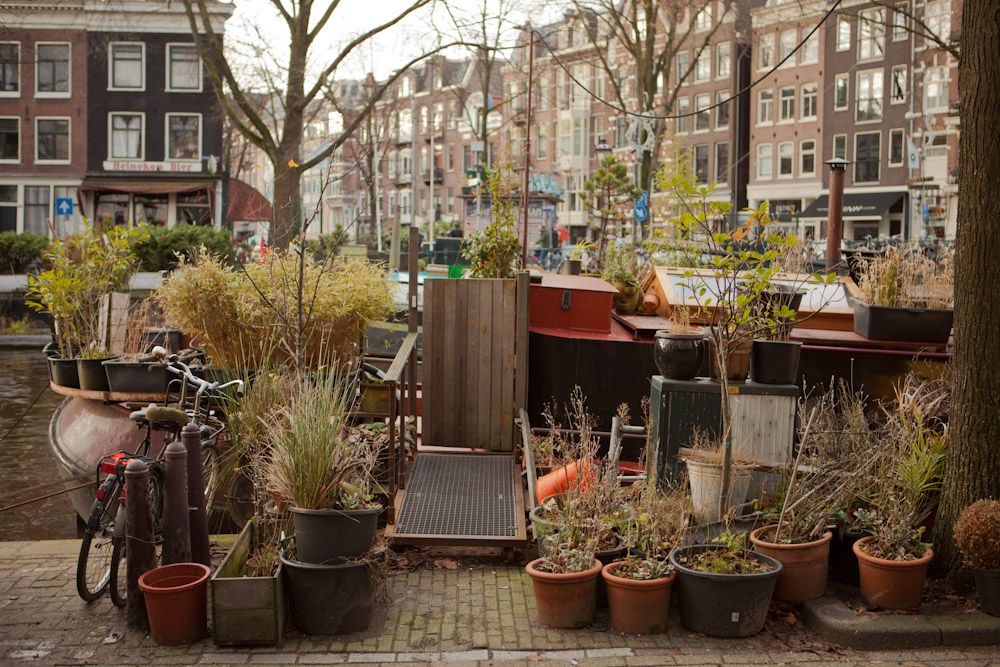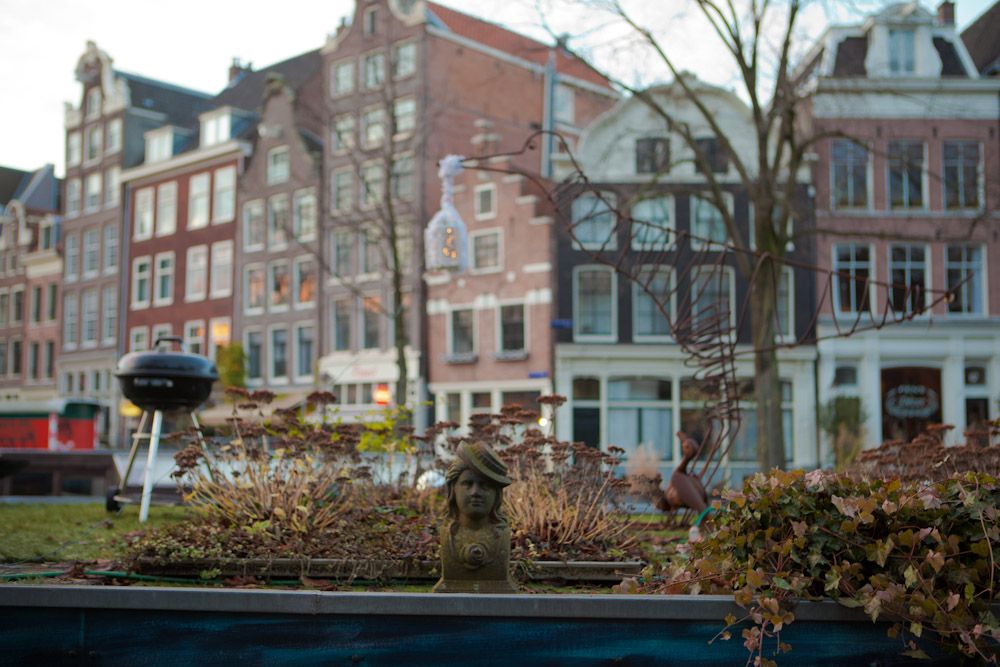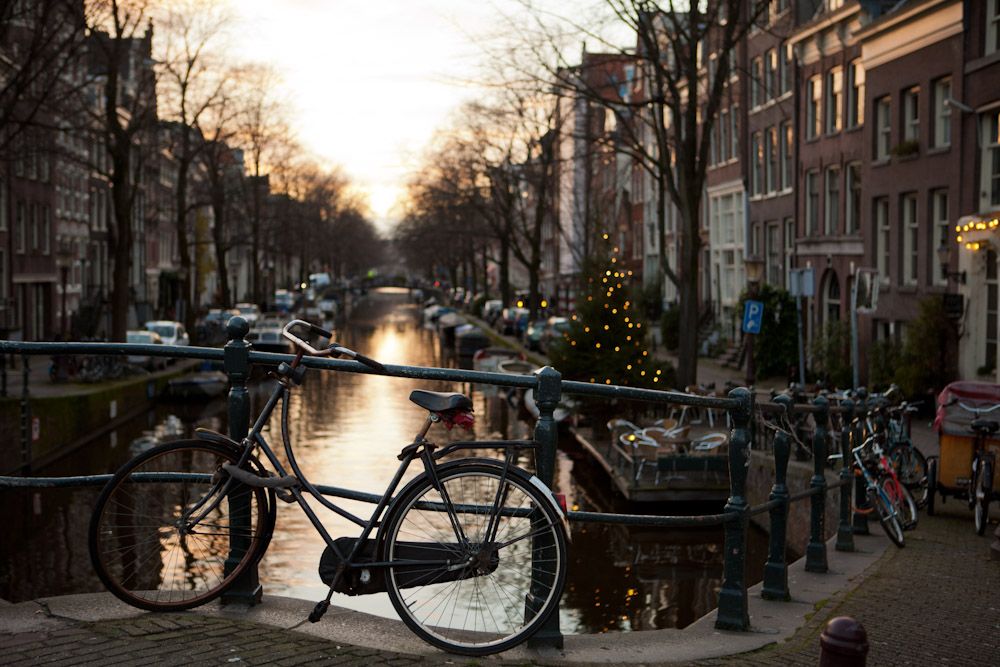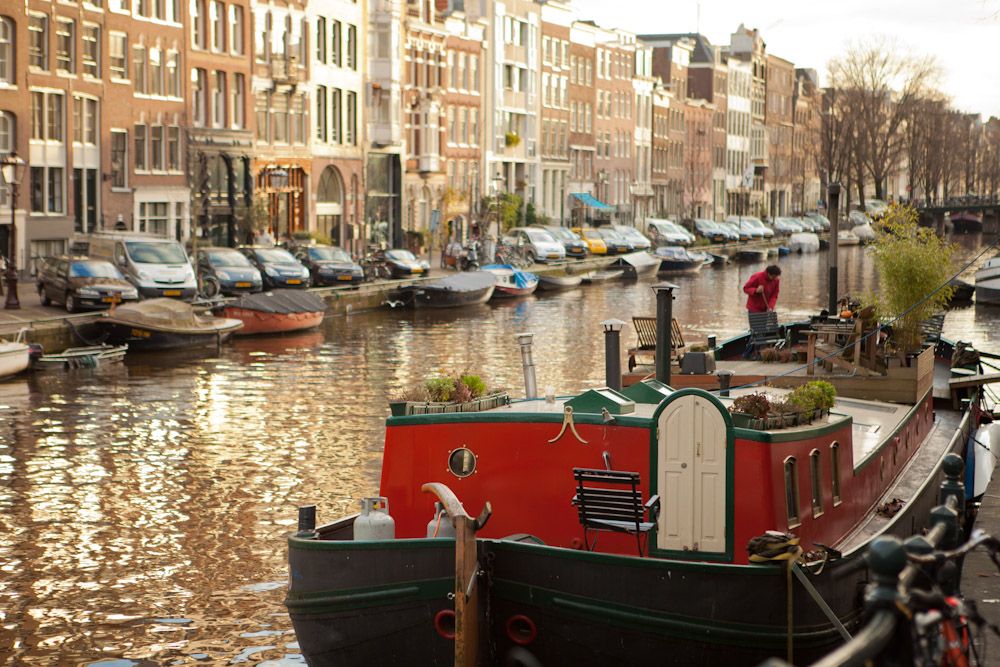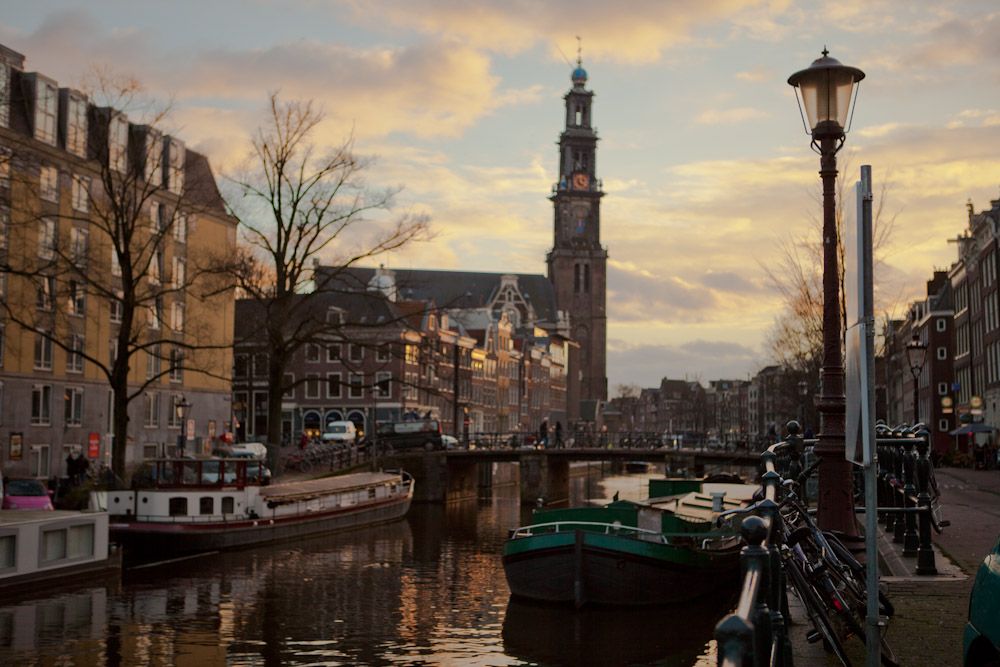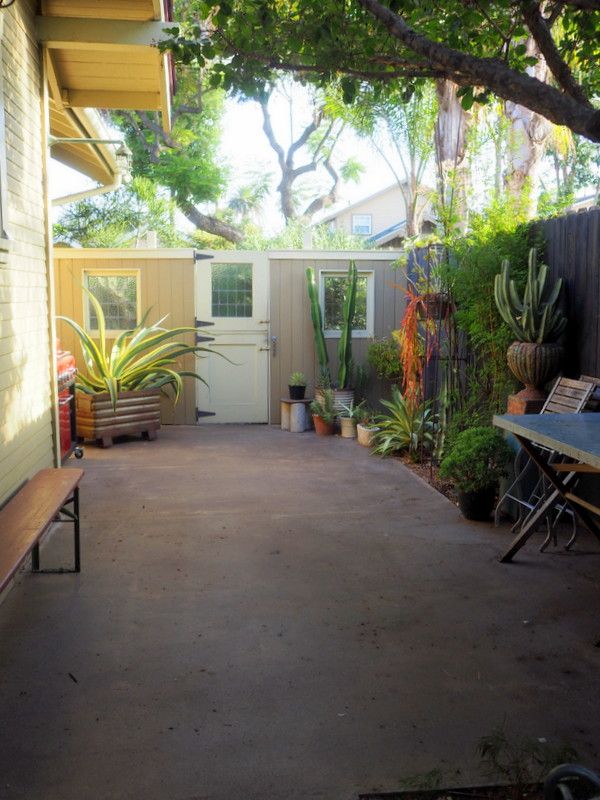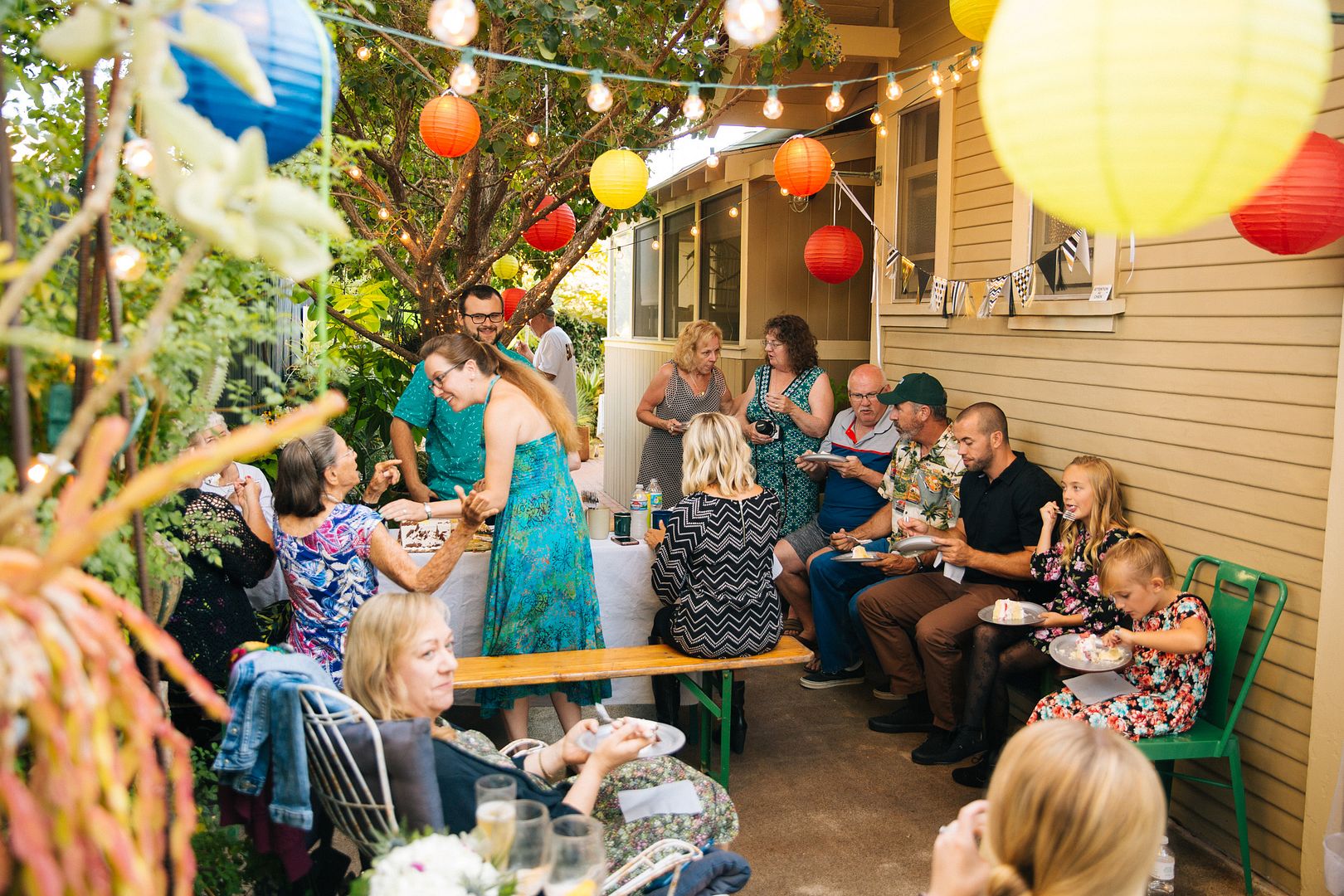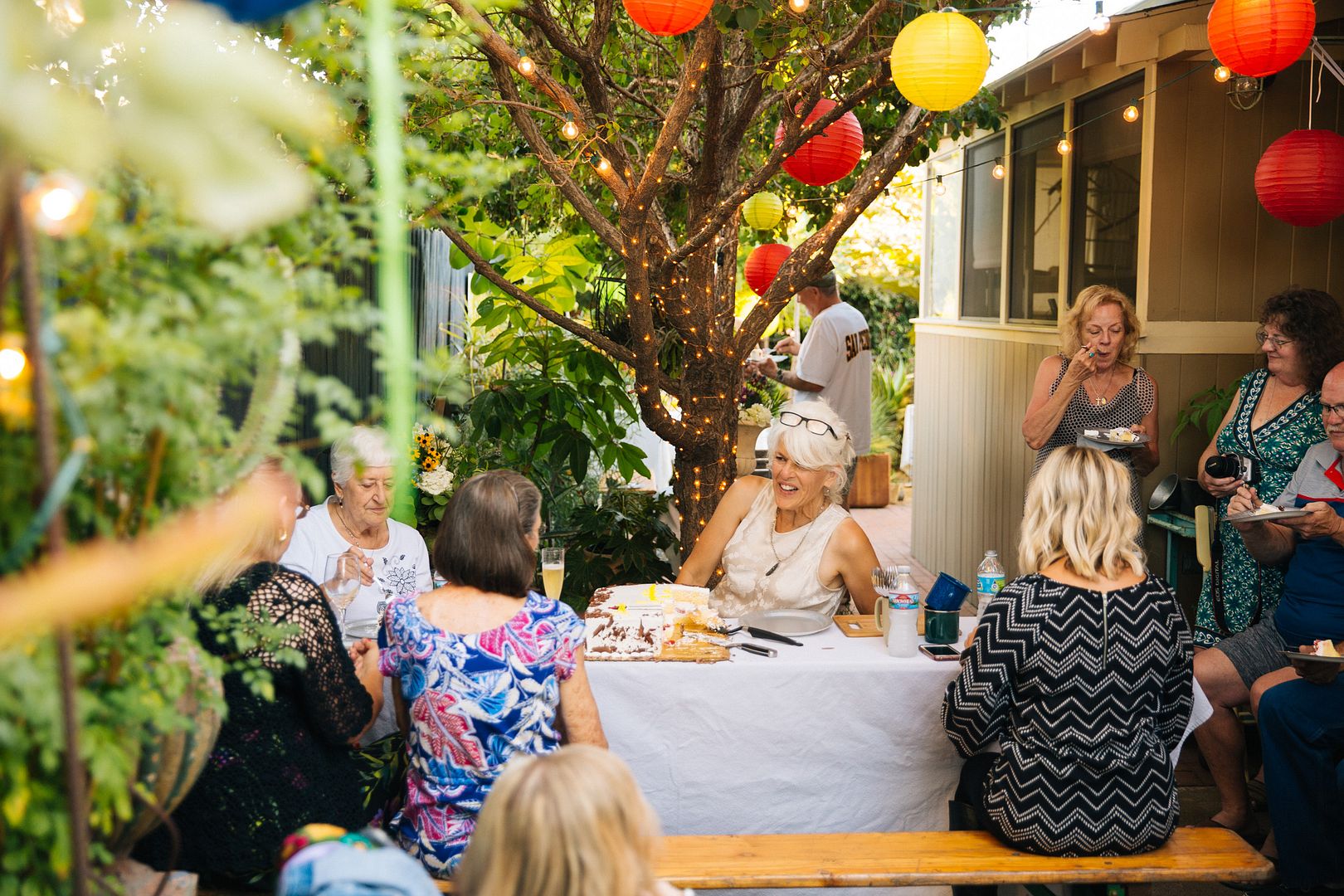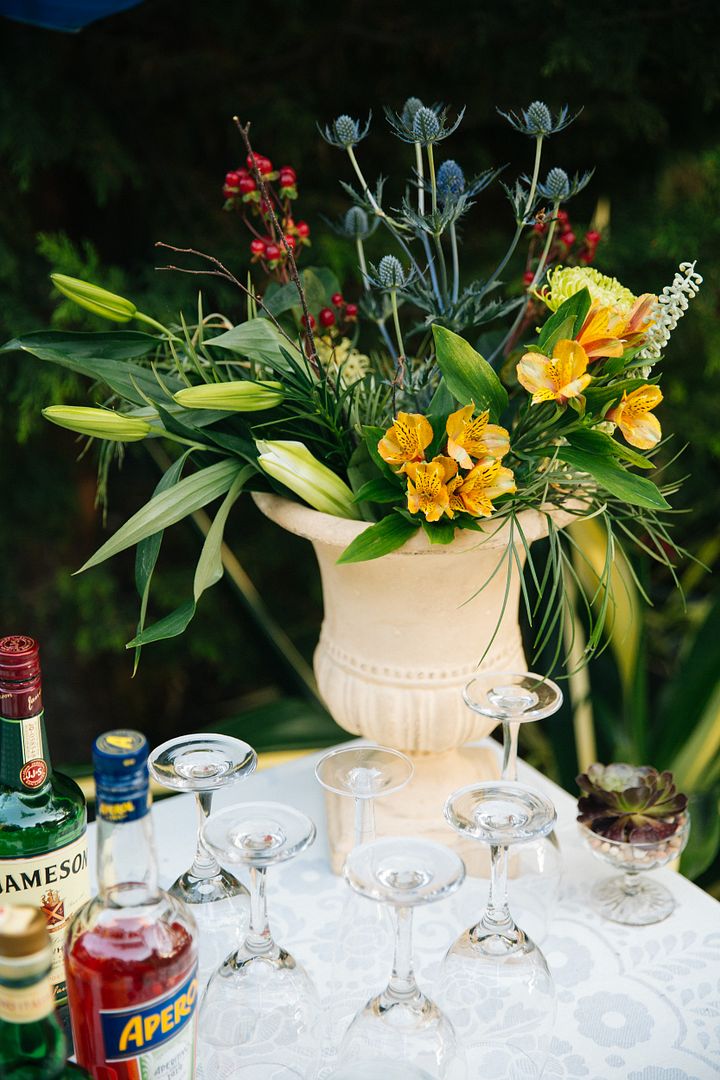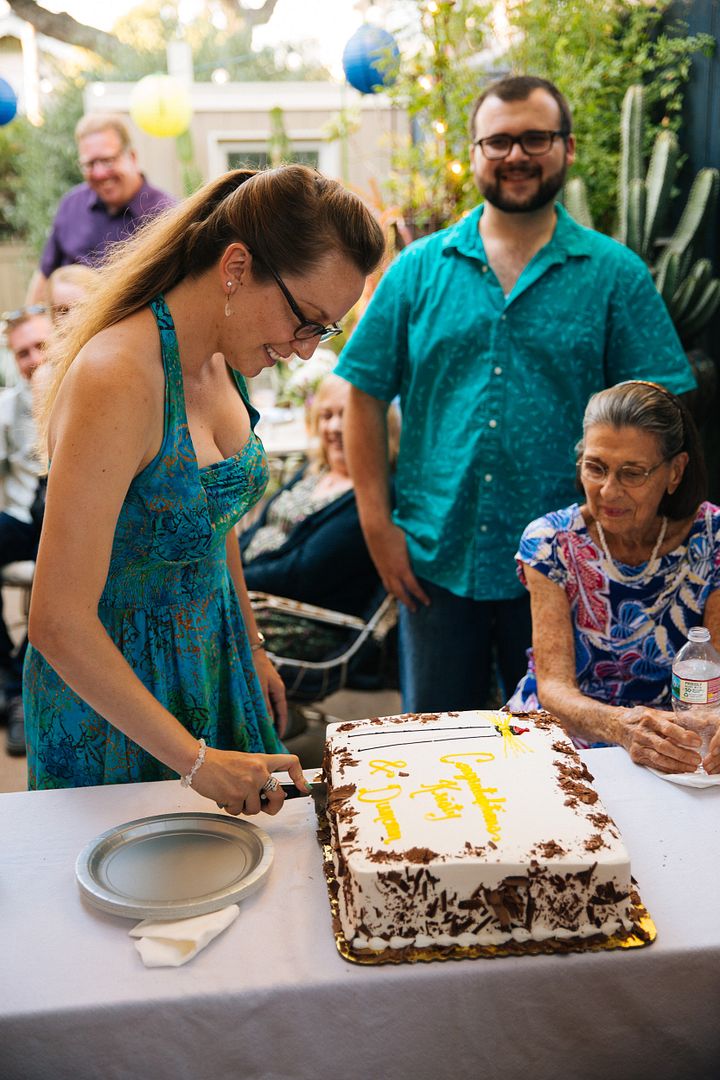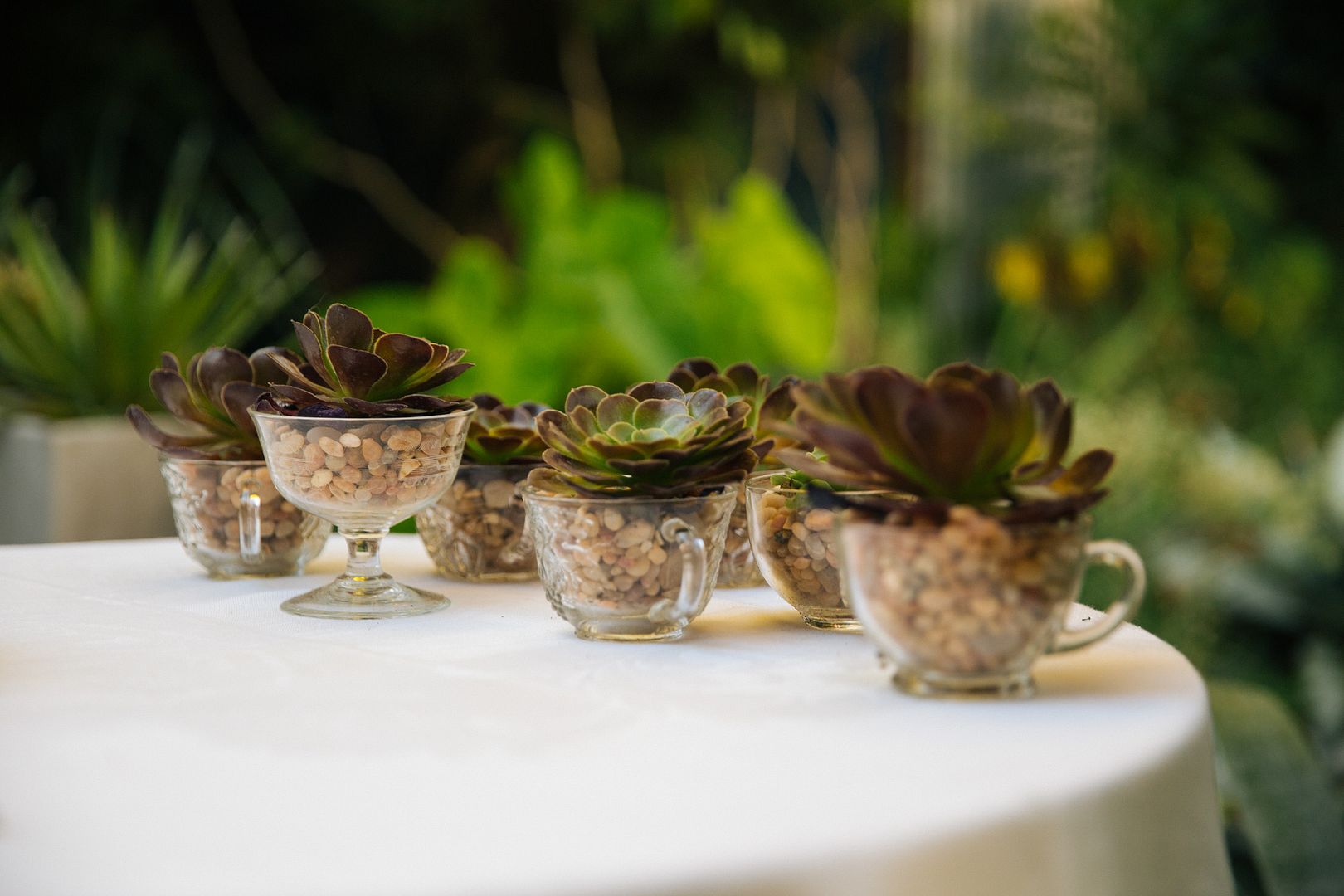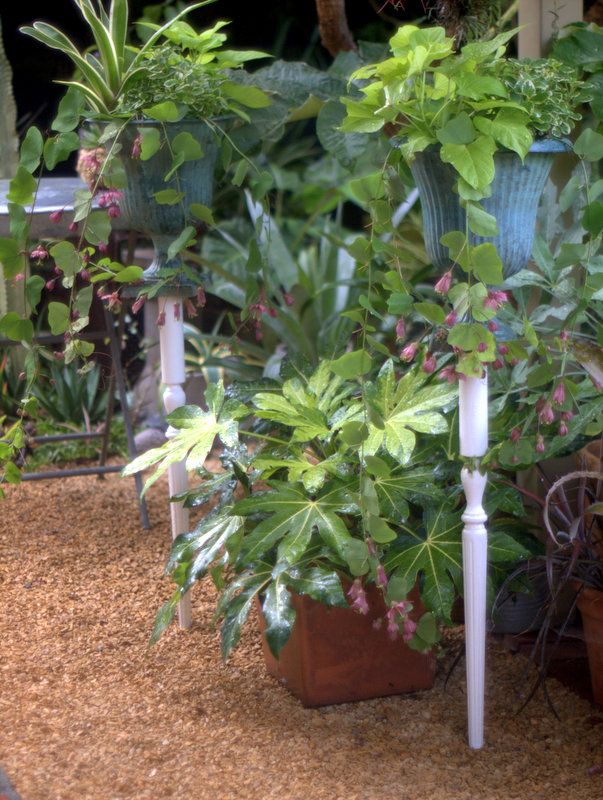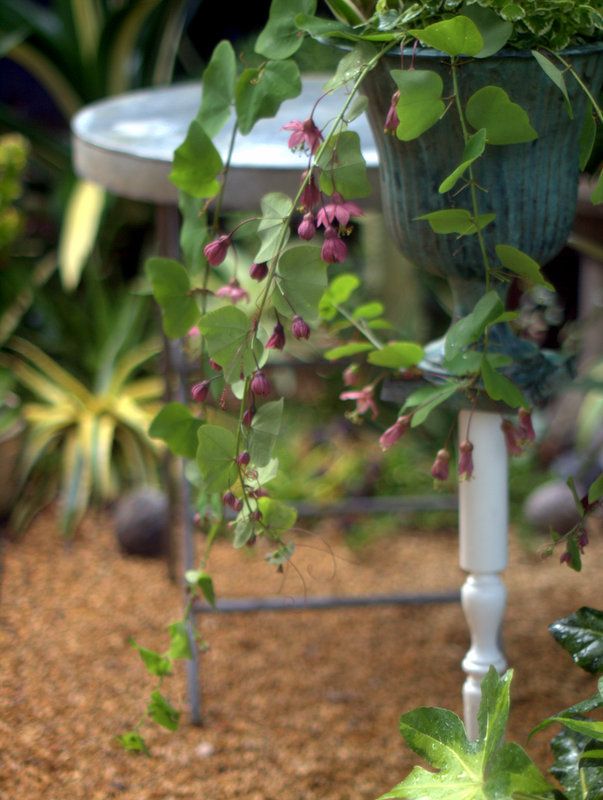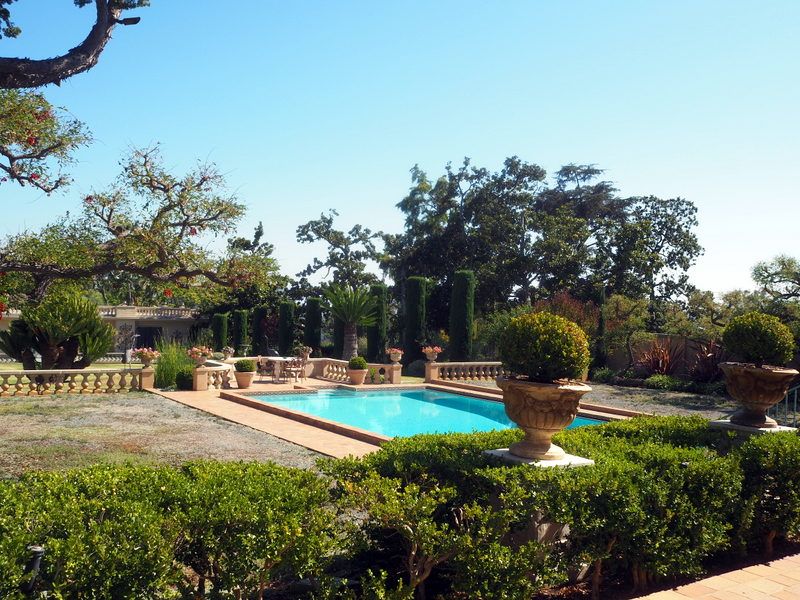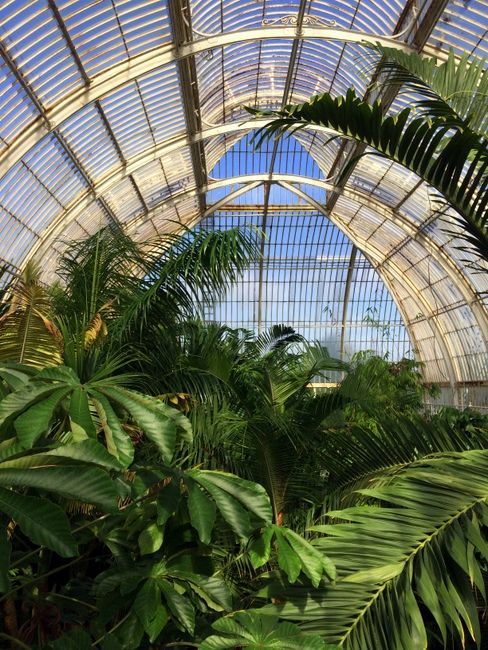
Palm house at Kew Gardens
I started daydreaming out loud, oh, about three weeks ago, that it’d be so much fun to attend the Great Dixter Autumn Plant Fair, with vendors and speakers coming in from all over Europe on October 7 and 8. Whenever I mentioned the crazy scheme, to my complete surprise, I got nothing but encouragement in response. Mitch had points for the air miles, Duncan and Kristy offered to watch the cat and parakeets, and Marty was completely game. I was enthusiastically urged to go, do it, make the necessary plans. Really? Is it that simple? Yes, it is. The week before we left, I researched renting a campervan and strategically located camp sites, hastily scribbled on scrap paper other desirable destinations, and on September 30 we launched ourselves out of the U.S. and into the narrow, winding back roads of southeast and central-ish England for almost two weeks, aided and abetted by the trusty sat-nav in the van and map apps on our phones. Several days were spent prowling around London as well.

On such short notice, and although technically no longer prime tourist season, campervan selection was limited, and there wasn’t much afforded by our vehicle in the way of camping other than a place to sleep. However, the campsites are uniformly well-appointed with amenities, including showers and laundry rooms.
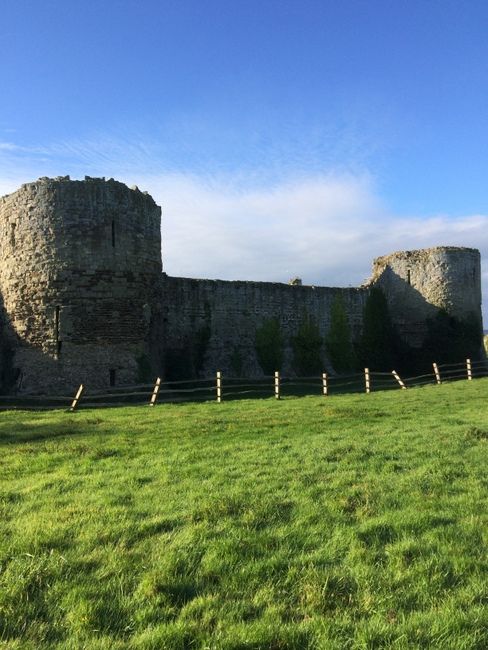
Medieval castle built on site of a Roman fort in Pevensey, near our campsite at Norman Bay.
Along with Great Dixter, we stopped at Kew Gardens, Marchants Hardy Plants, Great Comp (for its amazing salvia collection), Derry Watkin’s nursery Special Plants near Bath, the incredibly impressive RHS Wisley, and the gardens and house at Bloomsbury artist Vanessa Bell’s Charleston. Except for Dixter and Kew, we didn’t repeat visits to any of the nurseries and gardens we saw on our last extended visit about 24 years ago.

Choisya ternata and mahonia, plants we repeatedly saw all over London
After spending the first couple nights in an airbnb in Chiswick, London (conveniently within walking distance of Kew!), our first campsite wasn’t any farther away than South London, the area known as Crystal Palace, where Joseph Paxton’s gigantic cast iron and glass conservatory-like structure built for the World Fair of 1851 was moved.

A fire destroyed the structure in 1936, but its ghostly outline can still be traced in the footprint of the Italianate terracing and guardian sphinxes.
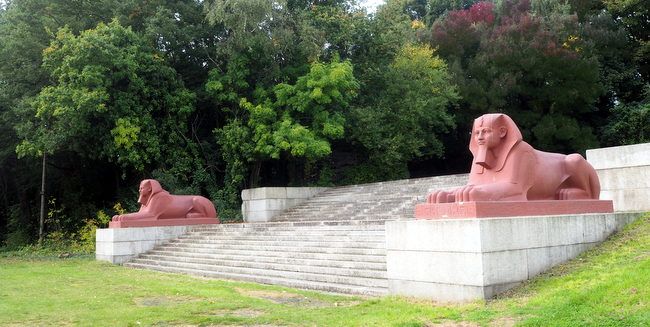
The entire site is now a huge park that was always filled with happy dogs and their owners whenever we walked through to get the train into London. Camping culture is strong in England, and finding campsites is no problem. Some do shut down in the fall, but there are plenty open year-round. We had about four nights with no camping reservations at all but managed to fill in the gaps and find campsites while on the road. It was definitely a seat-of-the-pants trip that worked out amazingly well, in large part because England is an easy country in which to become vagabonds for a couple weeks. Wifi is abundantly available, either free or cheap, and gardens and specialist nurseries are dotted throughout the country (though many are closed at the end of October). It is a Disneyland for plant lovers.

From Crystal Palace we set out for the southeast counties, first stopping at Great Comp in Kent.
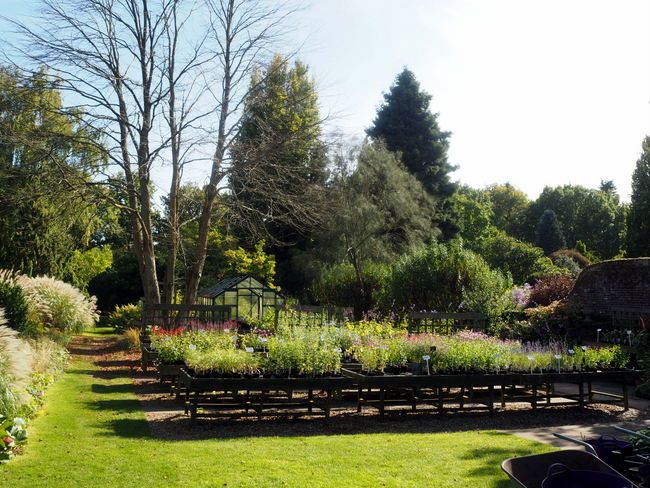
The nursery tables blazed in a rainbow of salvias, one of the most complete collections of salvias in England, if not the world.
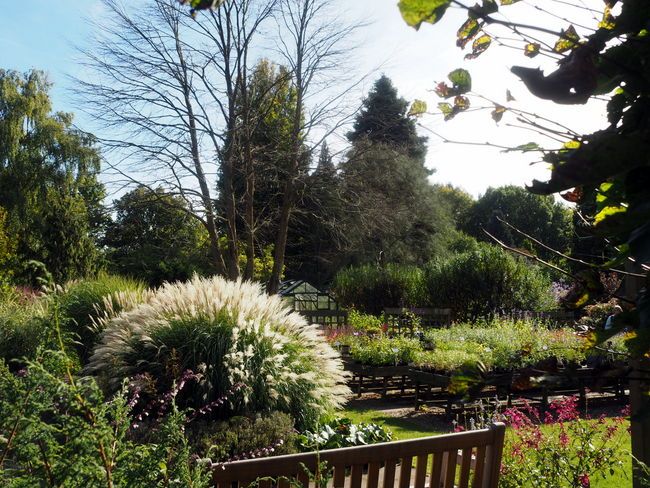
England this October was cool and overcast, a heavenly respite from the hot, dry fall of Southern California, whose temps the last couple days have spiked into the mid 90s. It rained just one night, a delicious sound on the campervan roof. Relying on an easy-to-pack wardrobe of sweaters and walking boots was a thrill only an Angeleno would understand. And did those walking boots get a workout! We generally walked over 2 miles each day, from the campsites into the local towns for dinner, and fell into the campervan happily exhausted every night.
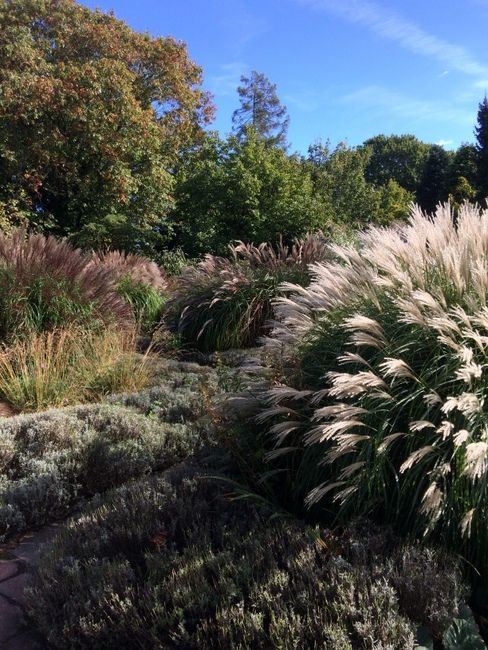
Everywhere, the big grasses were a glorious sight, along with subtropicals at their peak, jewel-colored dahlias and salvias. The countryside was ablaze in brilliant fall color.
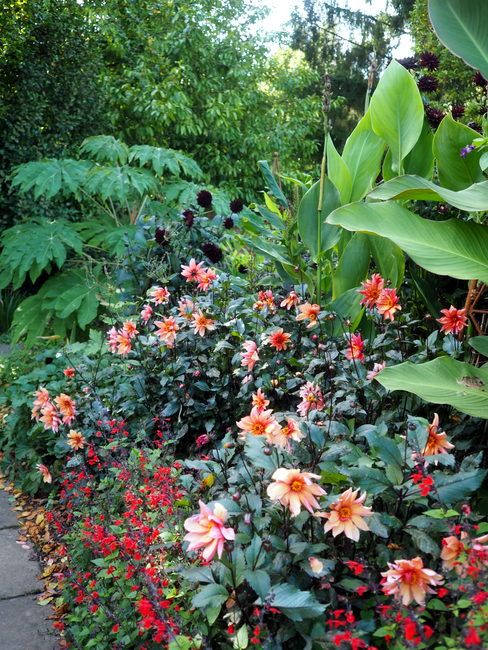
Tetrapanax, salvias, dahlias and cannas/bananas at Great Comp.
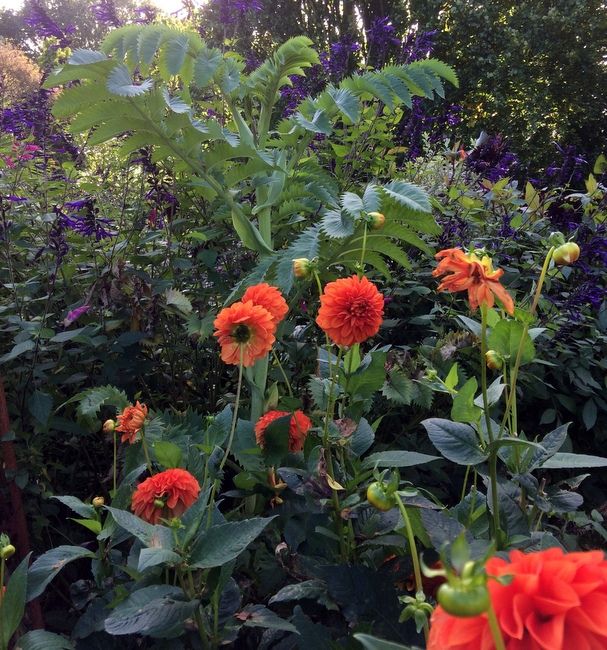
Melianthus, salvias, and dahlias at Great Comp.
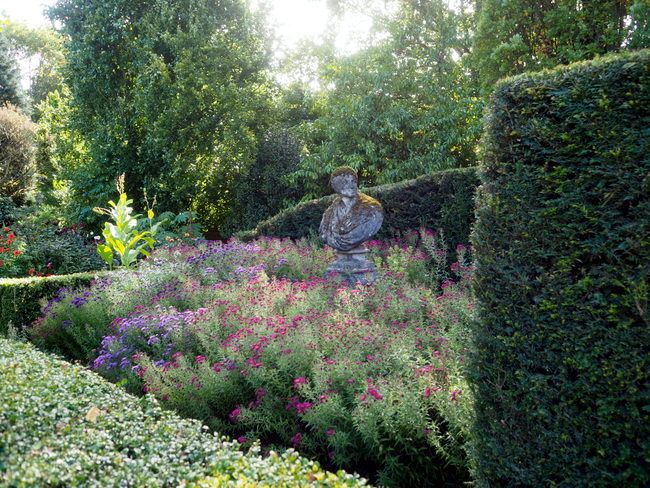
Asters/symphyotrichum, Great Comp.
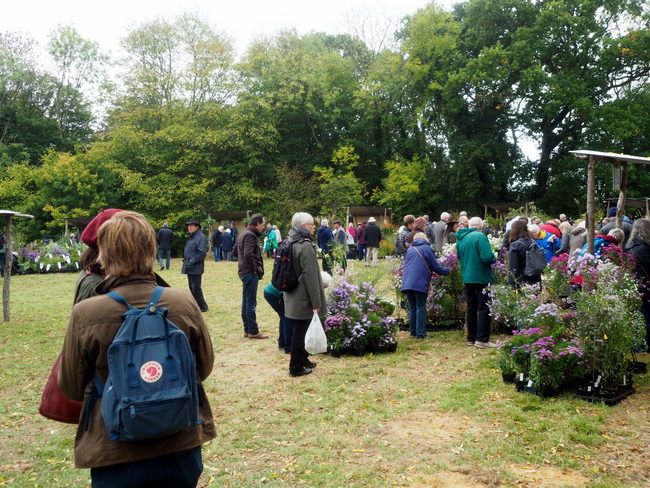
The Great Dixter plant fair fully lived up to my expectations, with a painfully tempting selection of plants on my wish list, including Eryngium ebracteatum and Miscanthus nepalensis. (And Fergus Garrett literally guides you into your parking spot.)
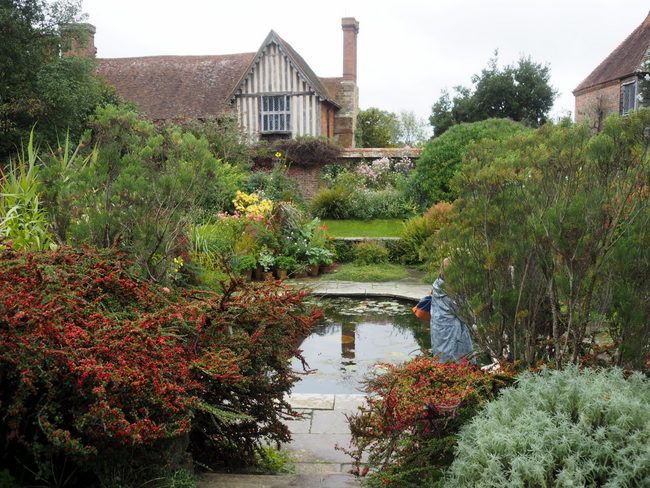
Dixter’s gardens were in great form too, heavy on late-season excitement.
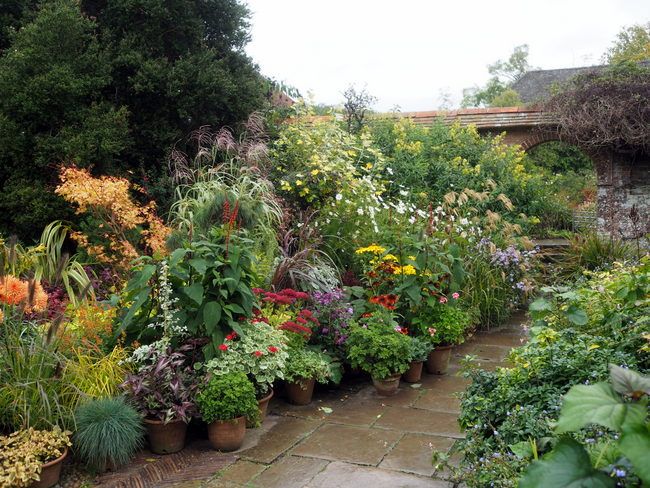
It drizzled lightly and briefly the day of the fair, but not enough for an umbrella.
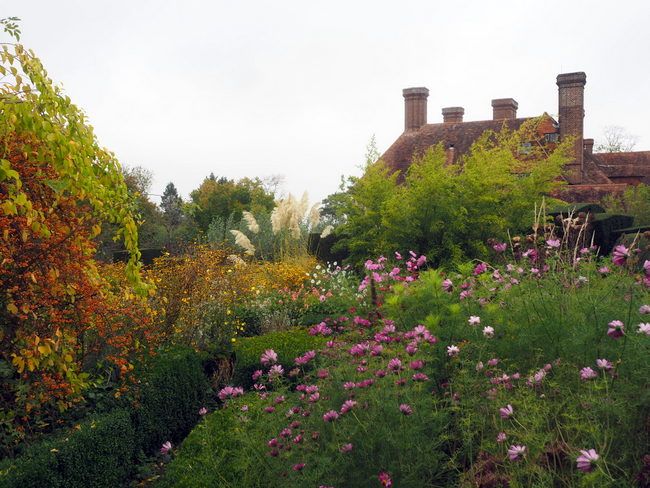
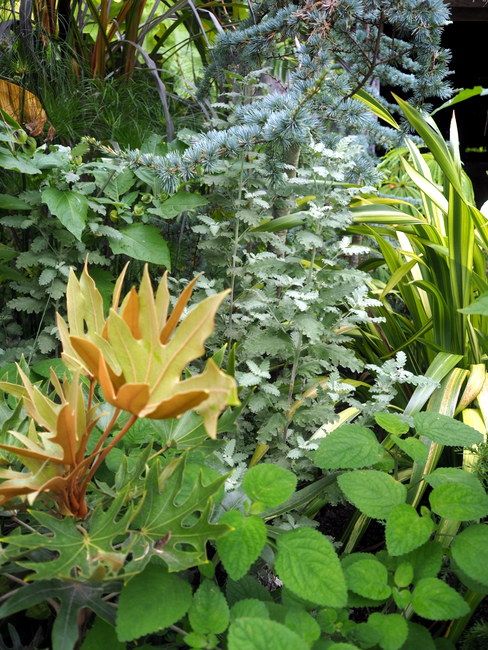
The Exotic Garden was standing-room only this late in the season, with plants nearly covering the walkways.
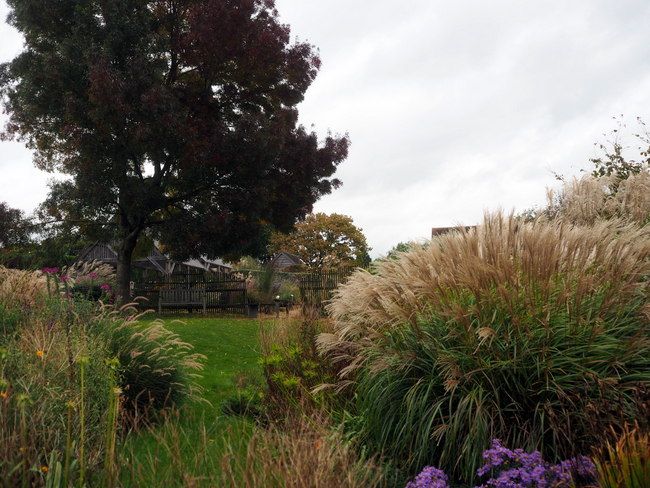
After Dixter, we arrived at Marchants Hardy Plants very late in the day, after closing time, in fact. Owner Graham Gough graciously allowed us to wander the gardens as the light faded.
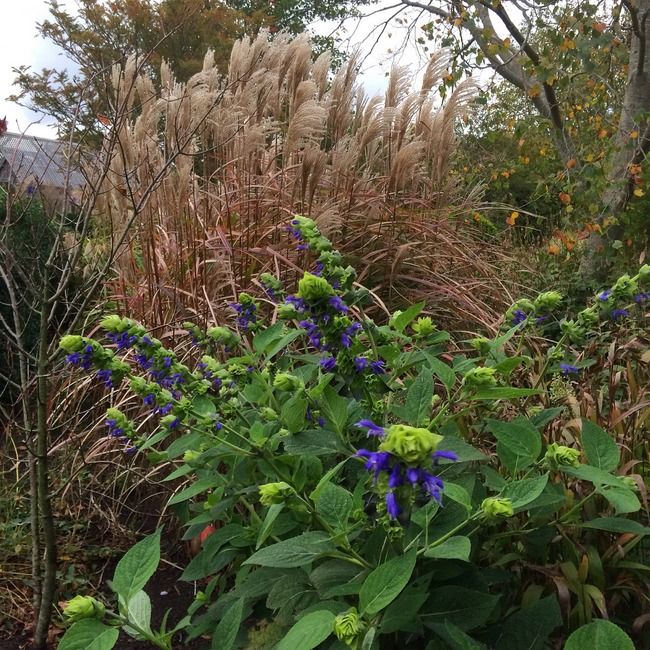
Salvia atrocyanea and miscanthus at Marchants Hardy Plants.
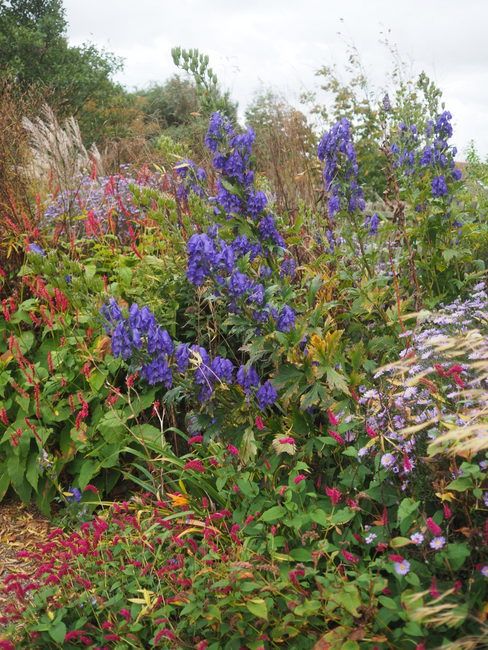
Aconitums and persicaria, Marchants Hardy Plants.
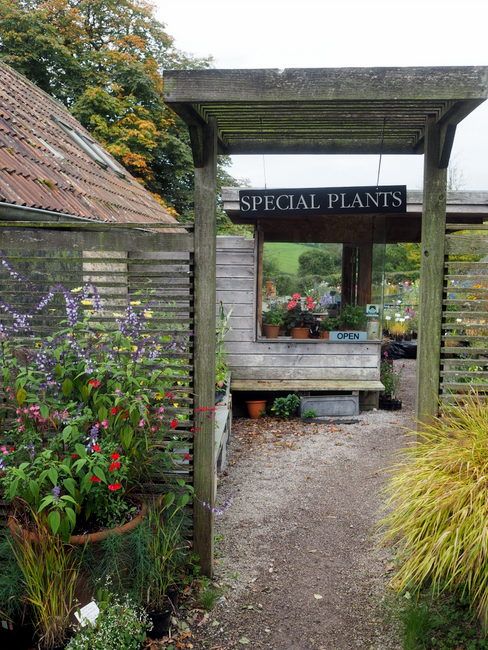
From the southeast we made our way up to Oxford and then Bath, where I wanted to visit Derry Watkins’ Special Plants Nursery.
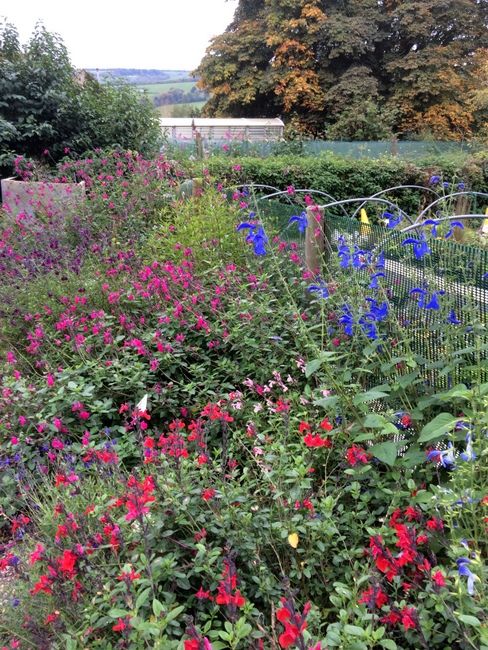
A bed of salvias, Special Plants Nursery.
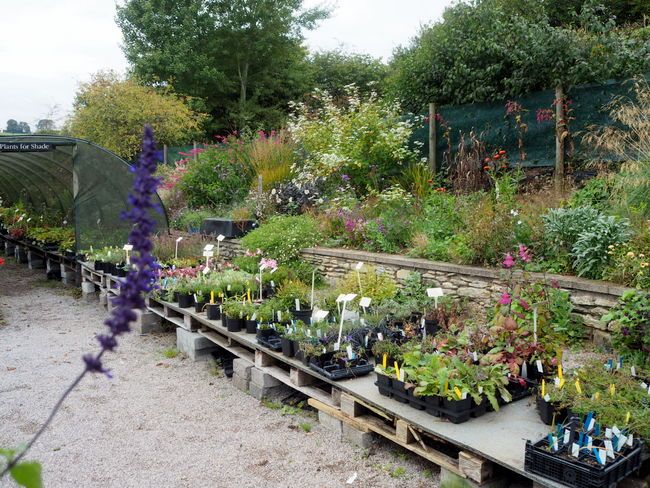
It was such a pleasure to see in person many of the rare plants I’d only read about in her e-mailed catalogues.
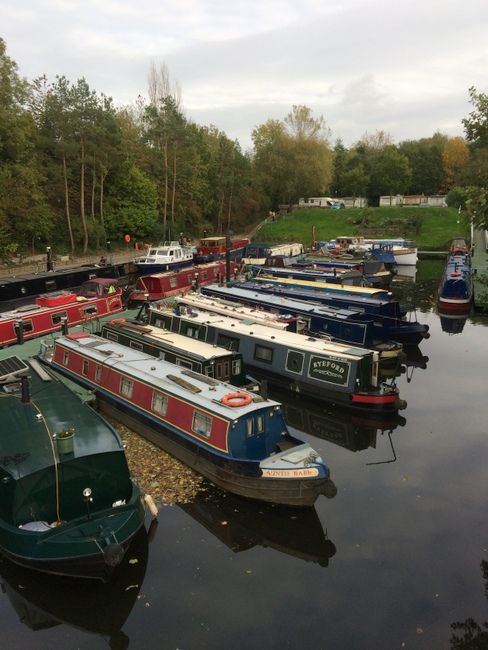
Barge boats on the River Avon. A tow path along the river led from our campsite into Bath.
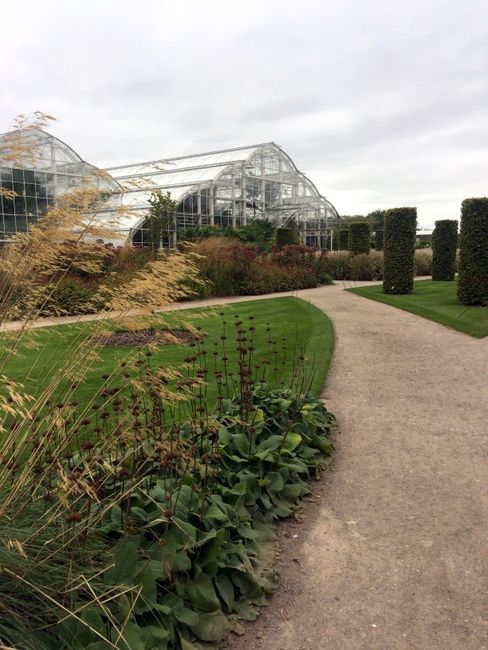
Wisley was a bit of an afterthought, conveniently located on the way back to London. As a Royal Horticultural Society teaching site, I wrongfully presumed it might be on the stodgy side. Thank god Marty talked me into stopping. It was extraordinary, but unfortunately camera batteries had run out, and I left my backup battery in the charger at home. This relatively new glasshouse is a small part of the 240-acre grounds.
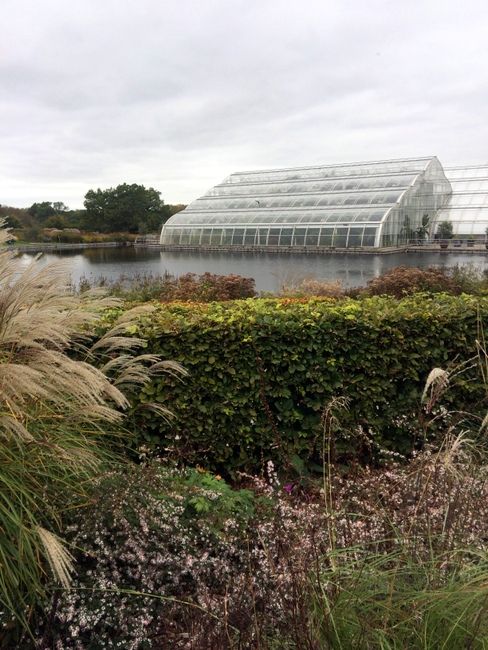
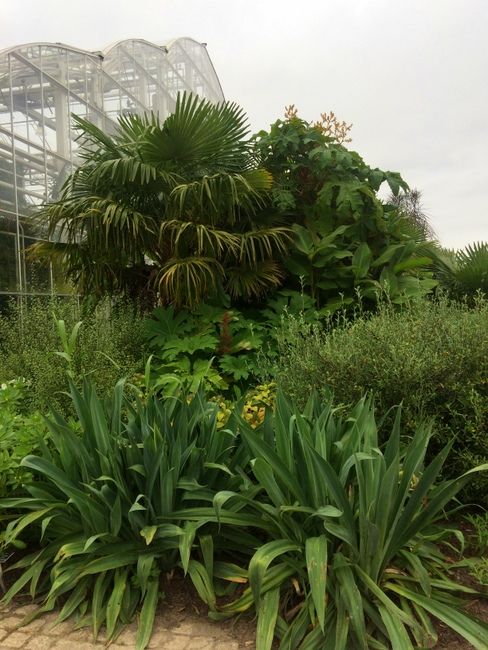
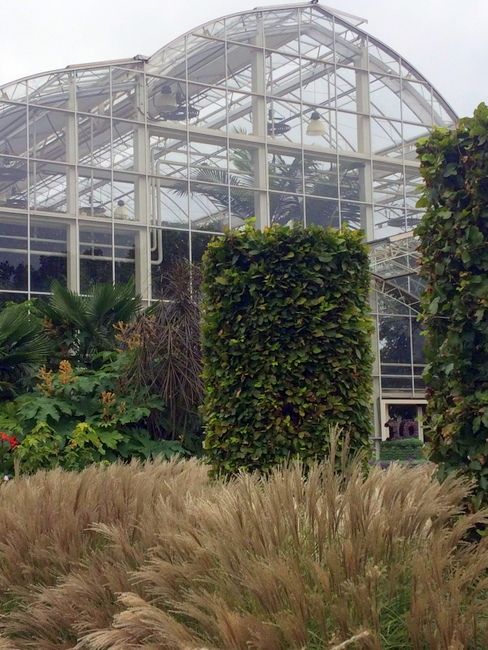
Autumn in England as a travel destination is definitely my cup of tea.

